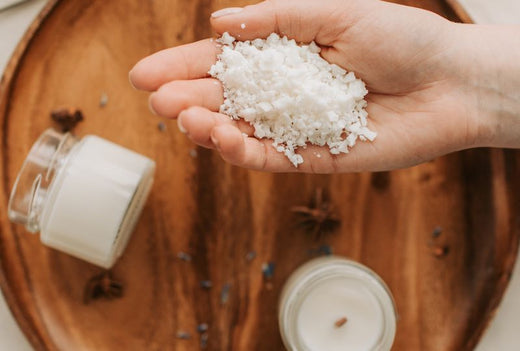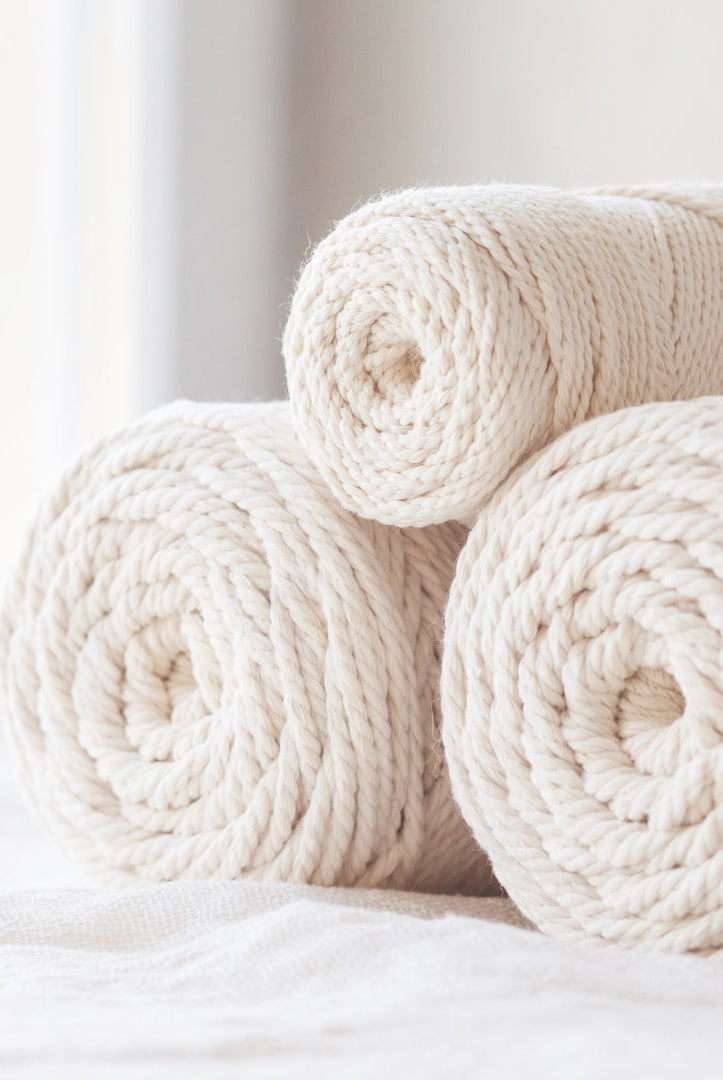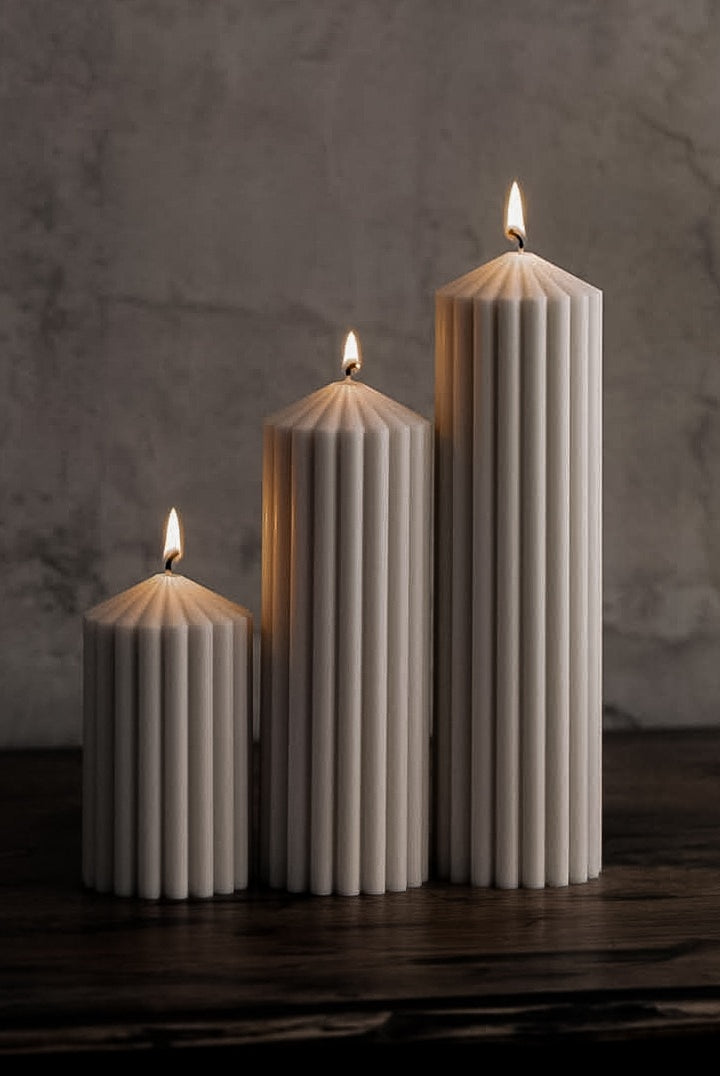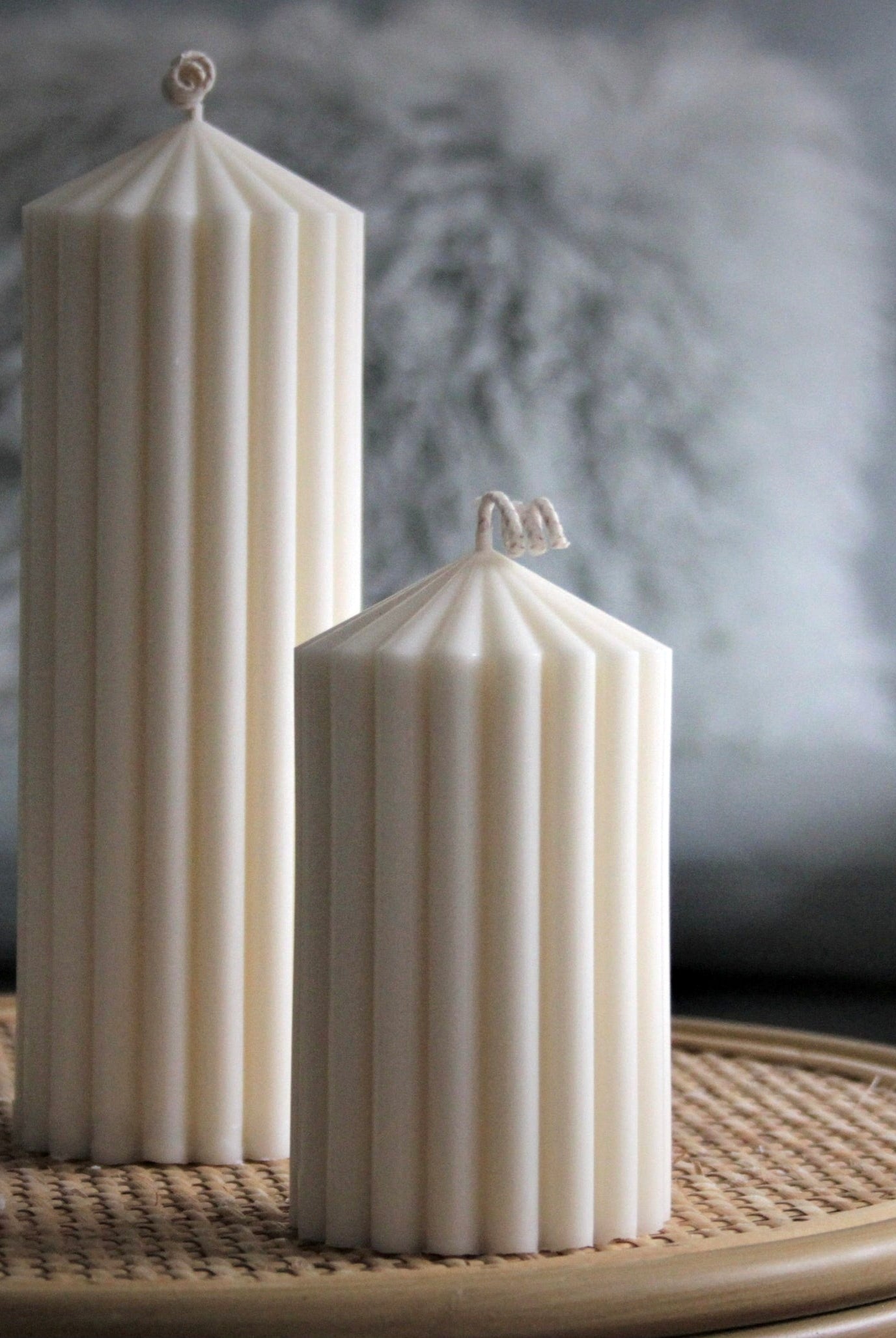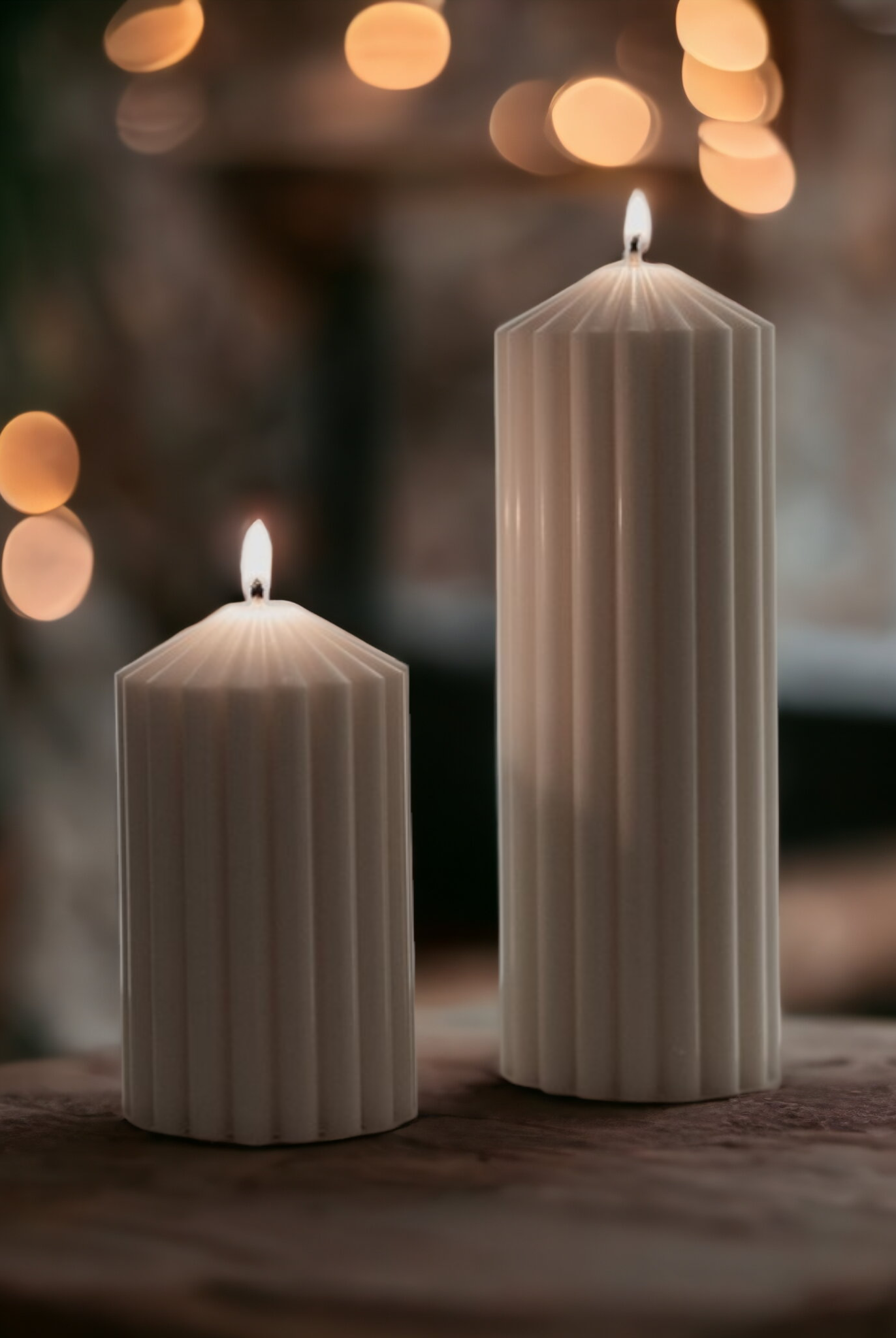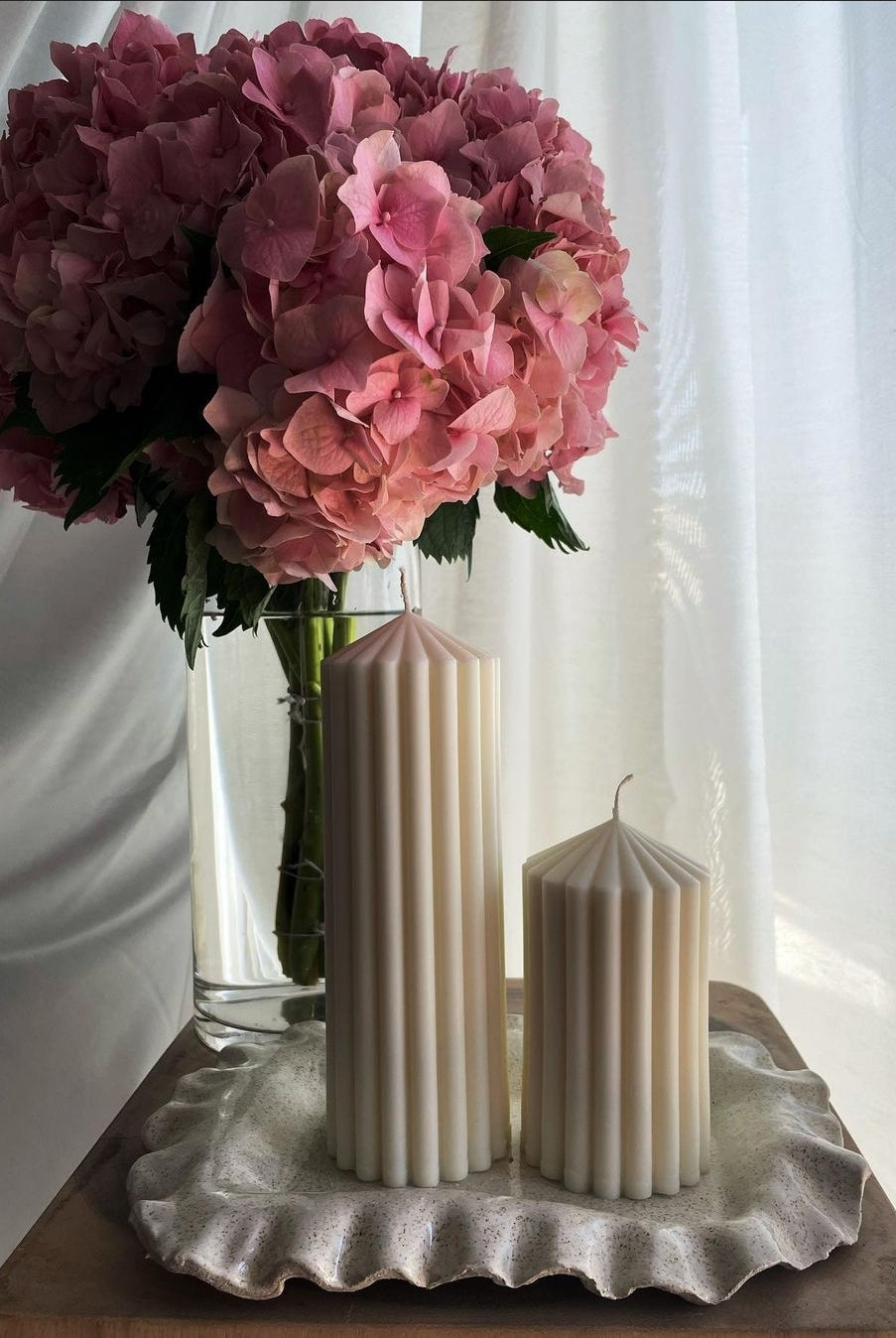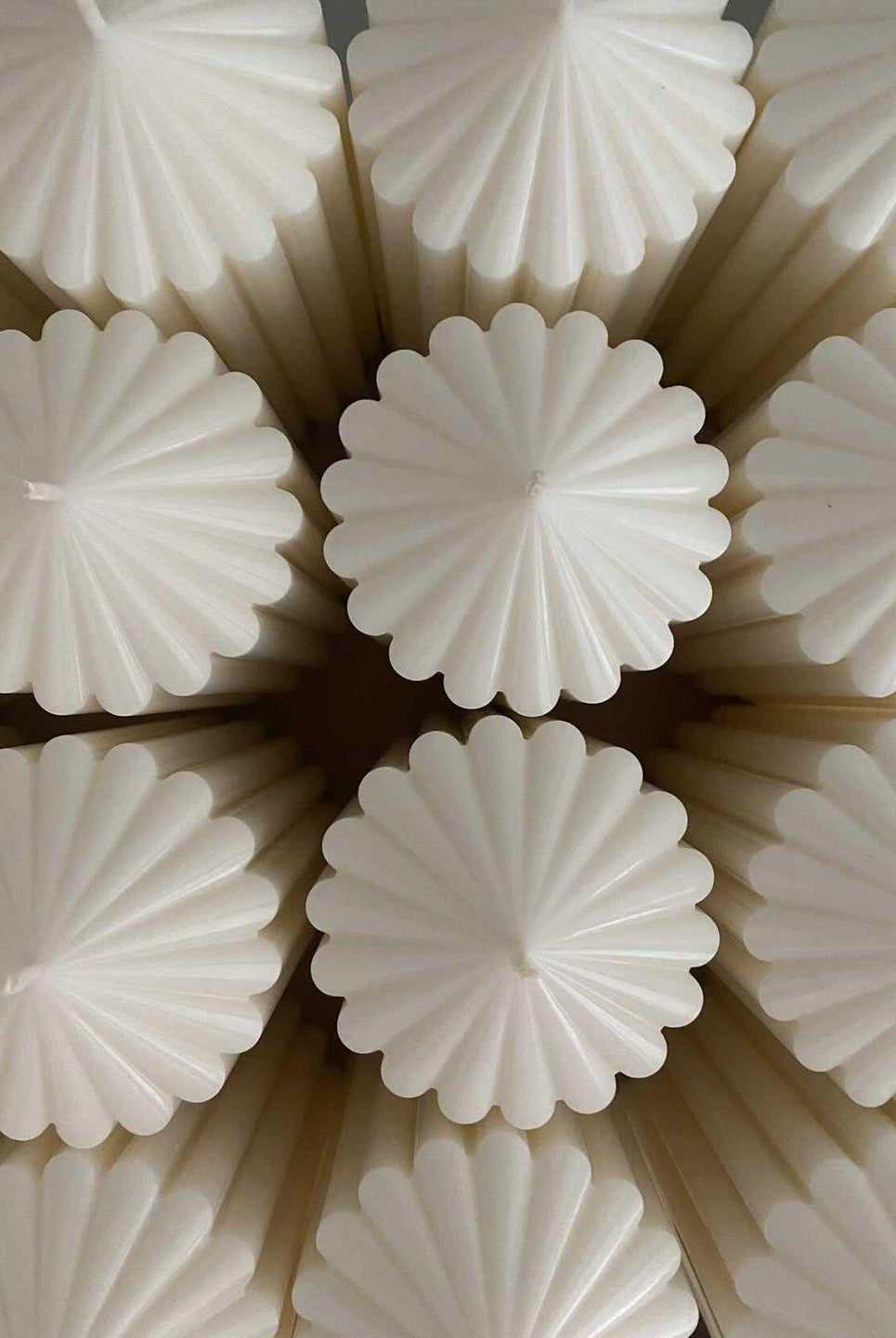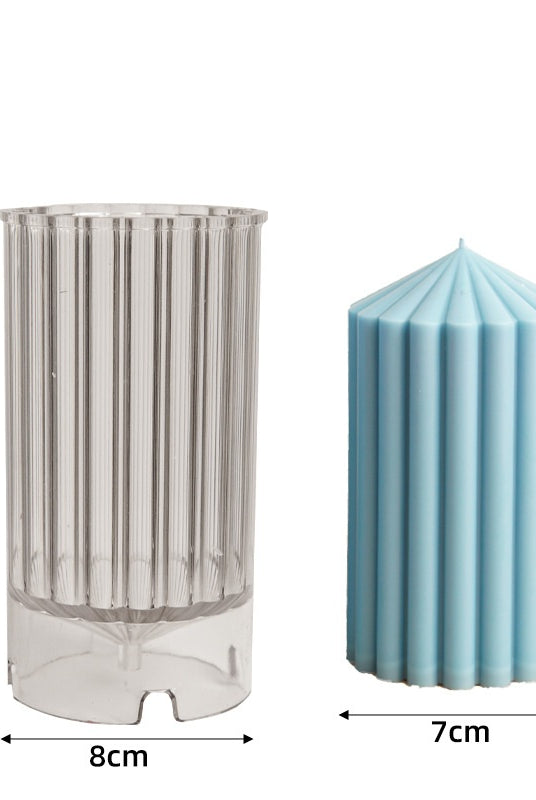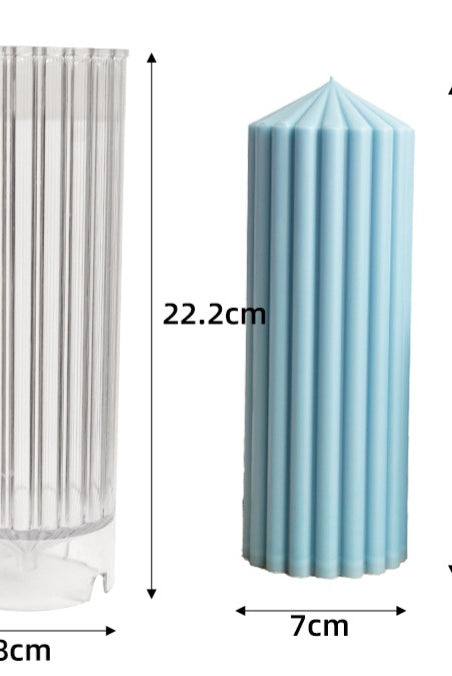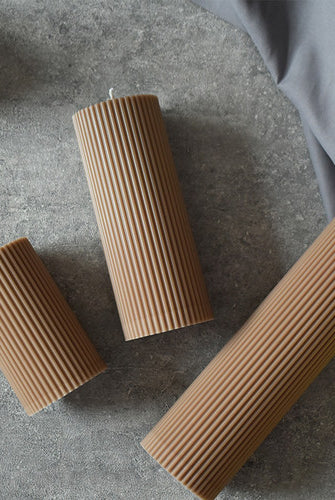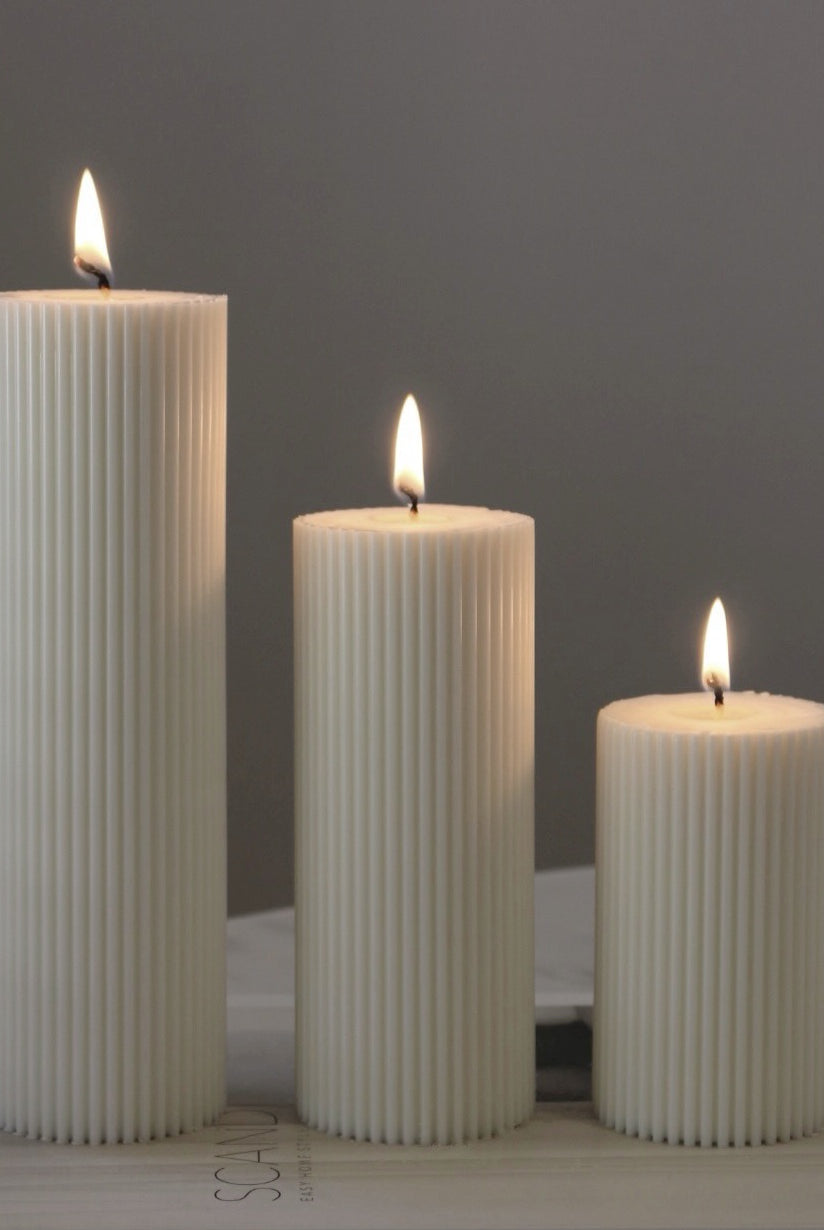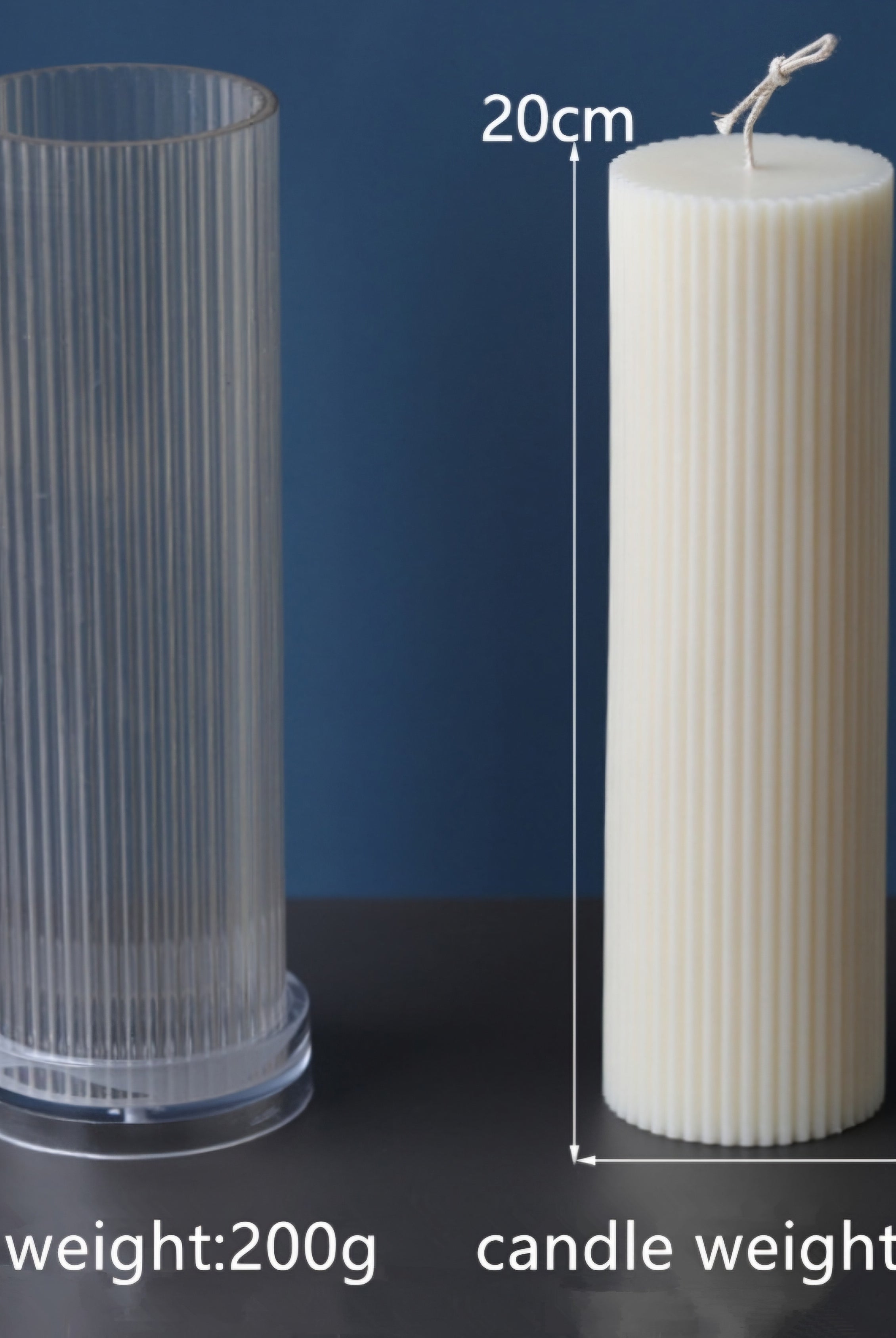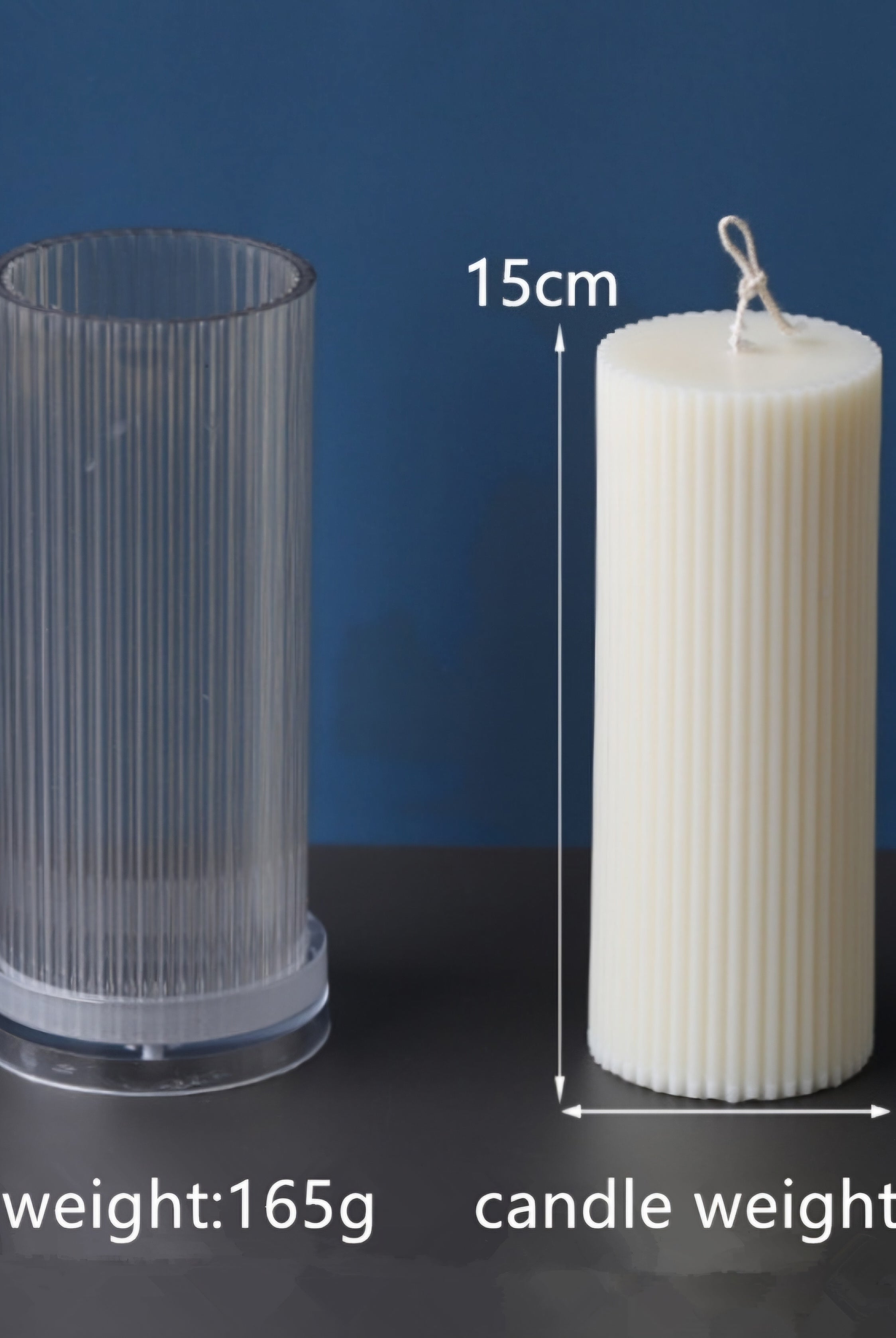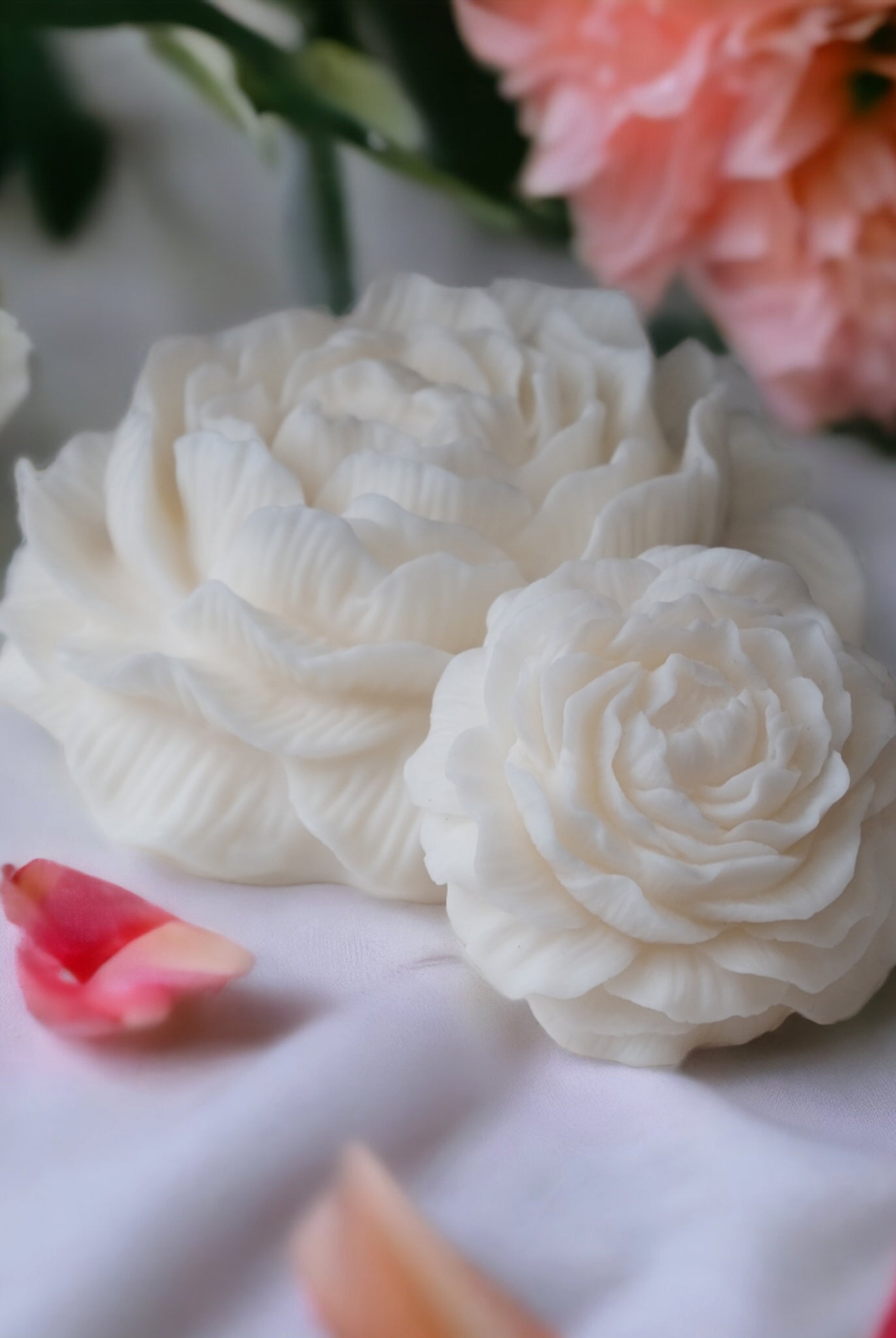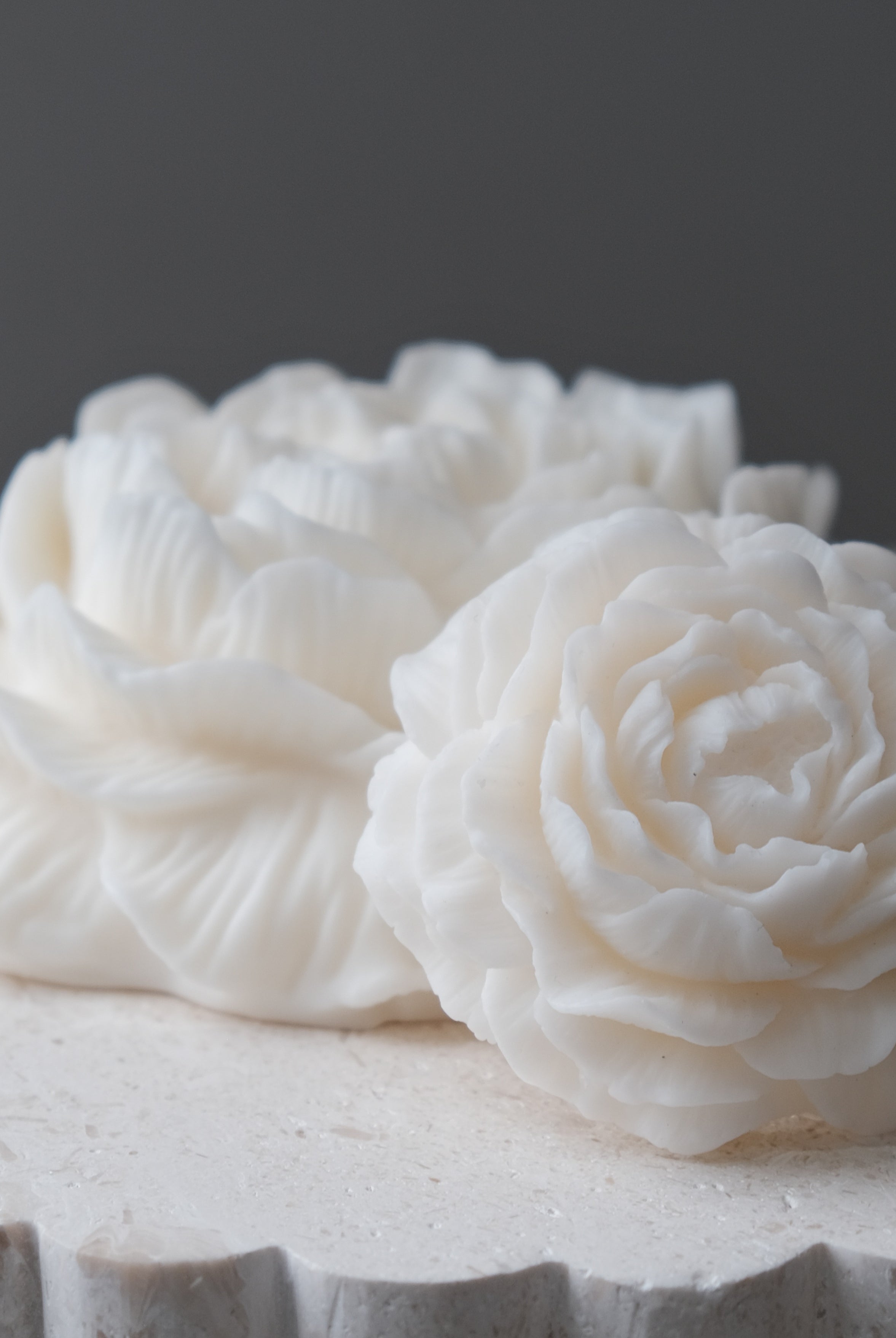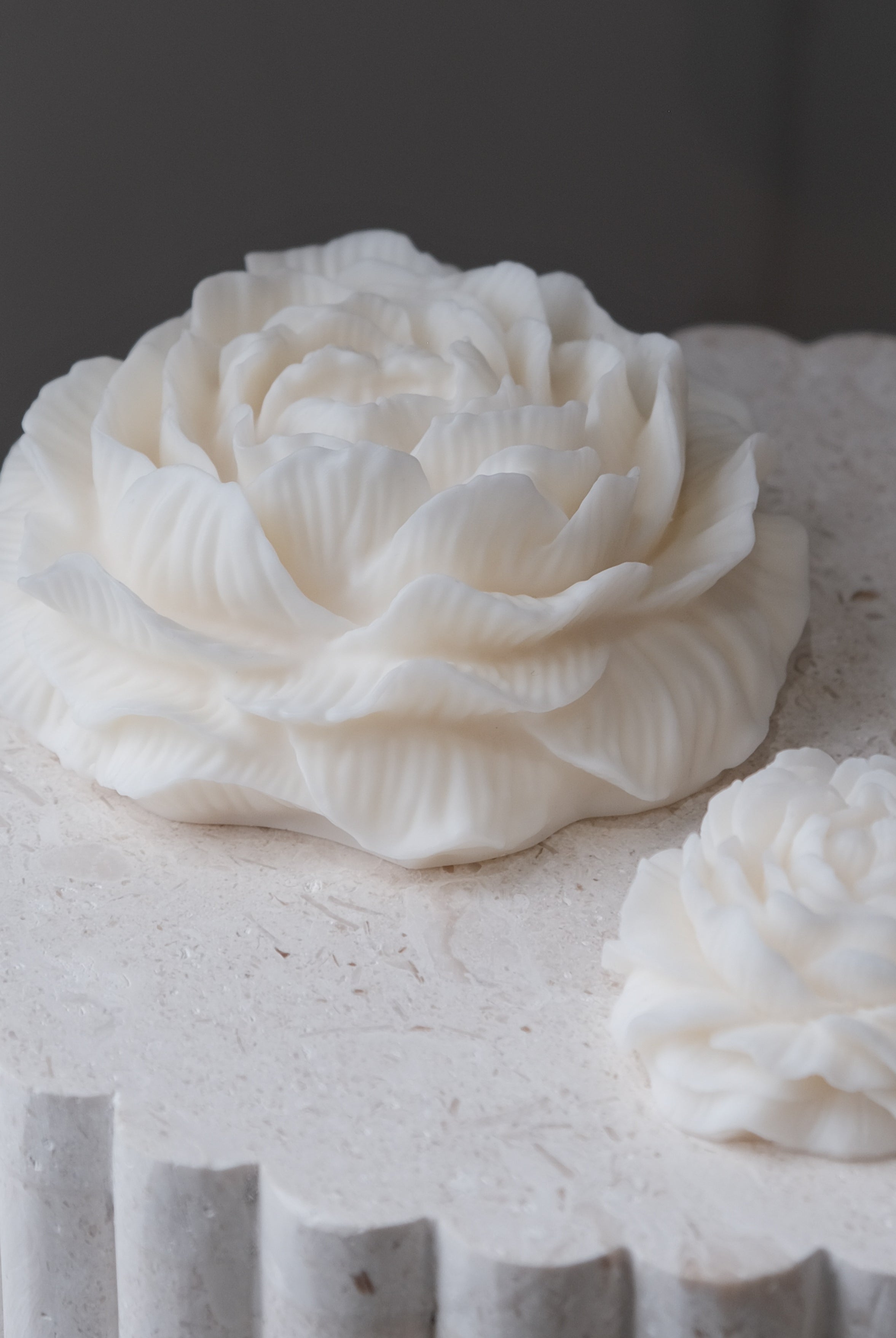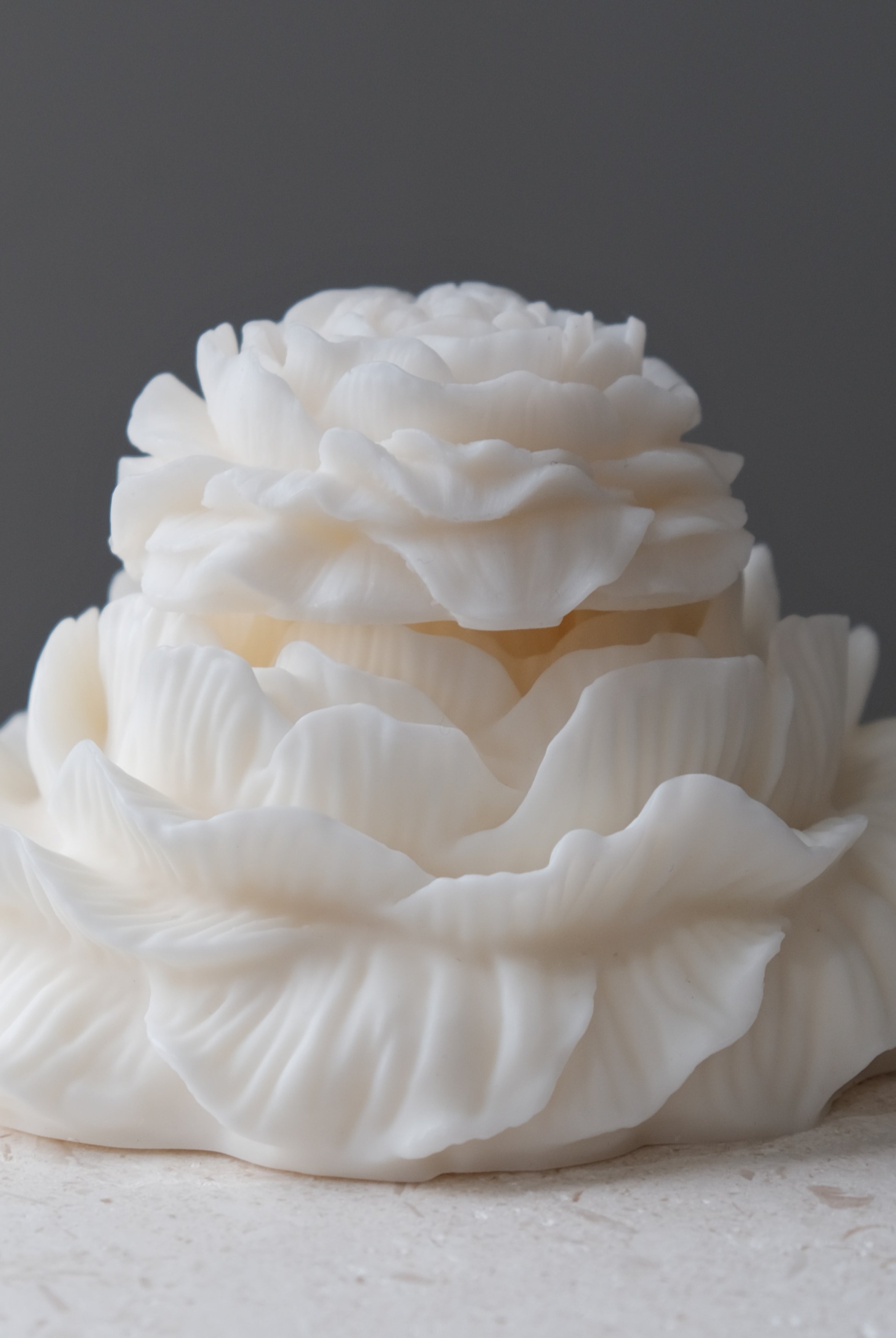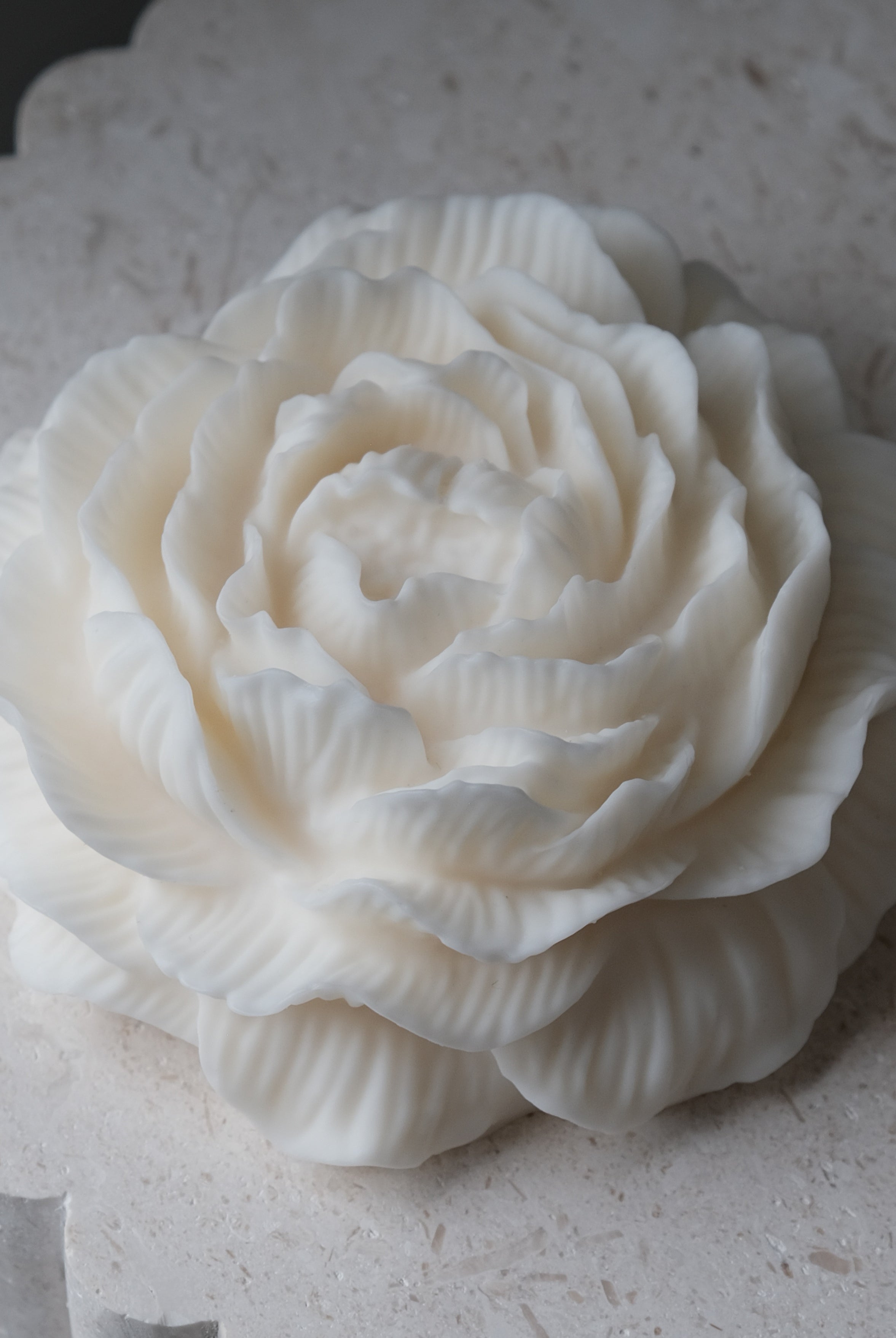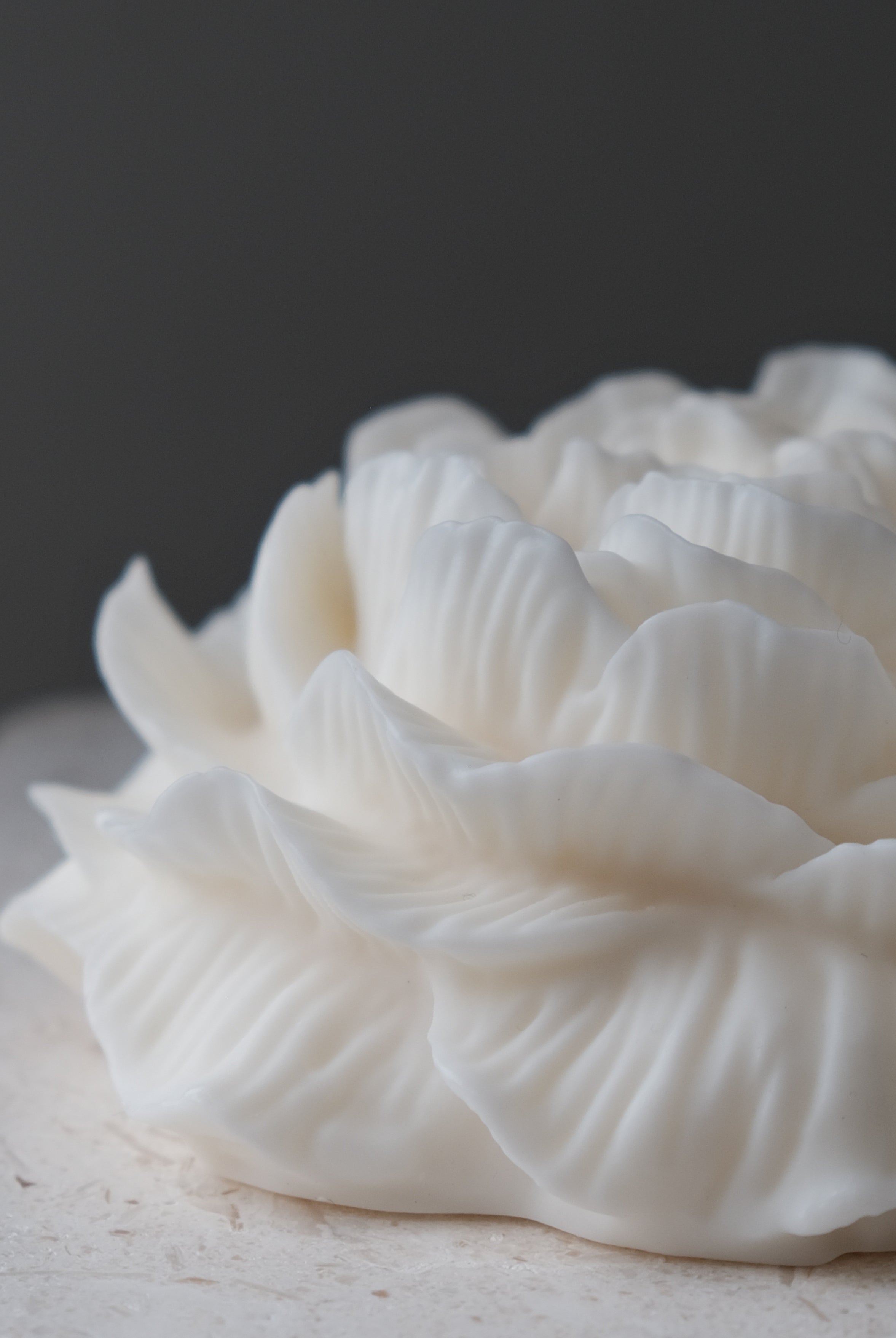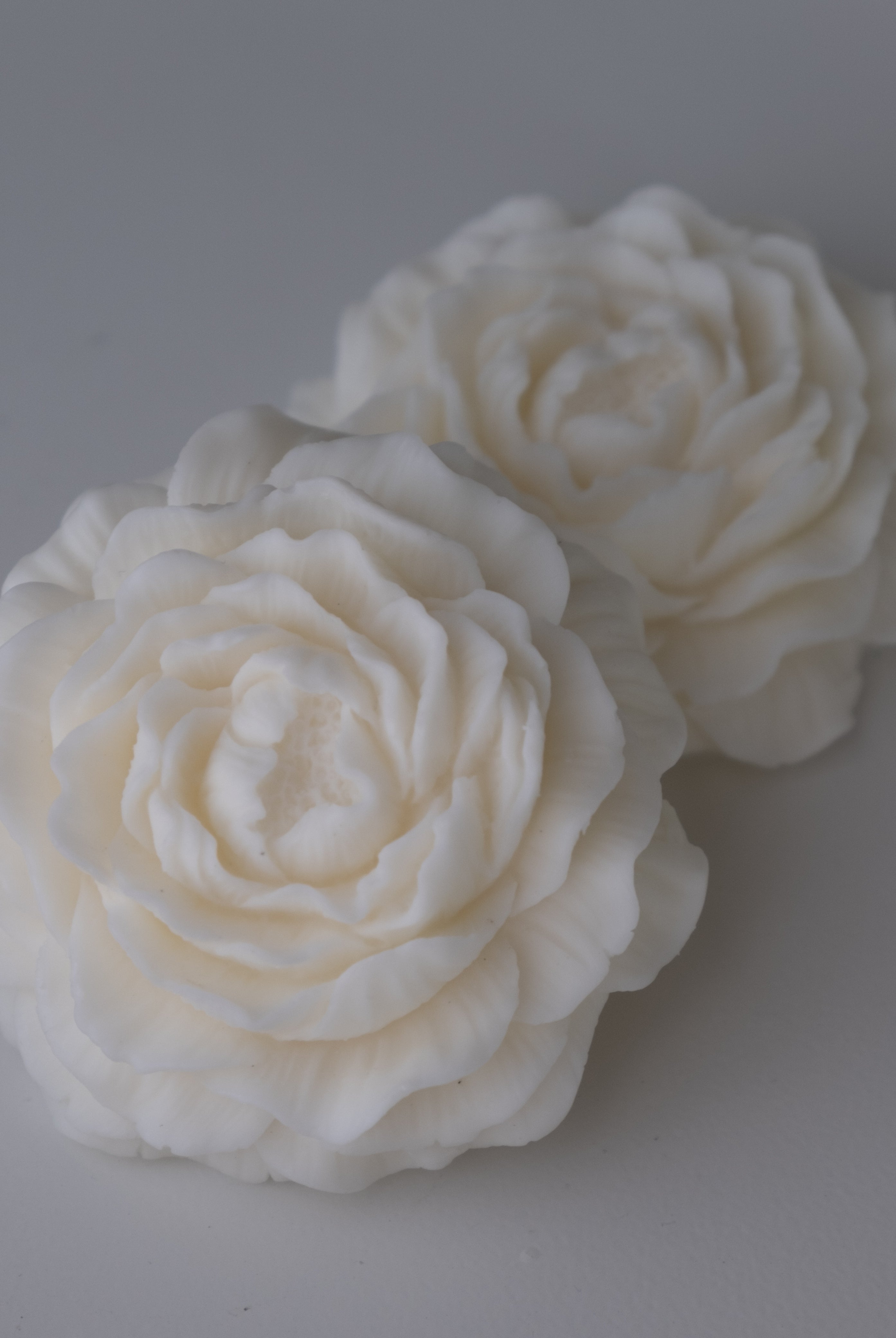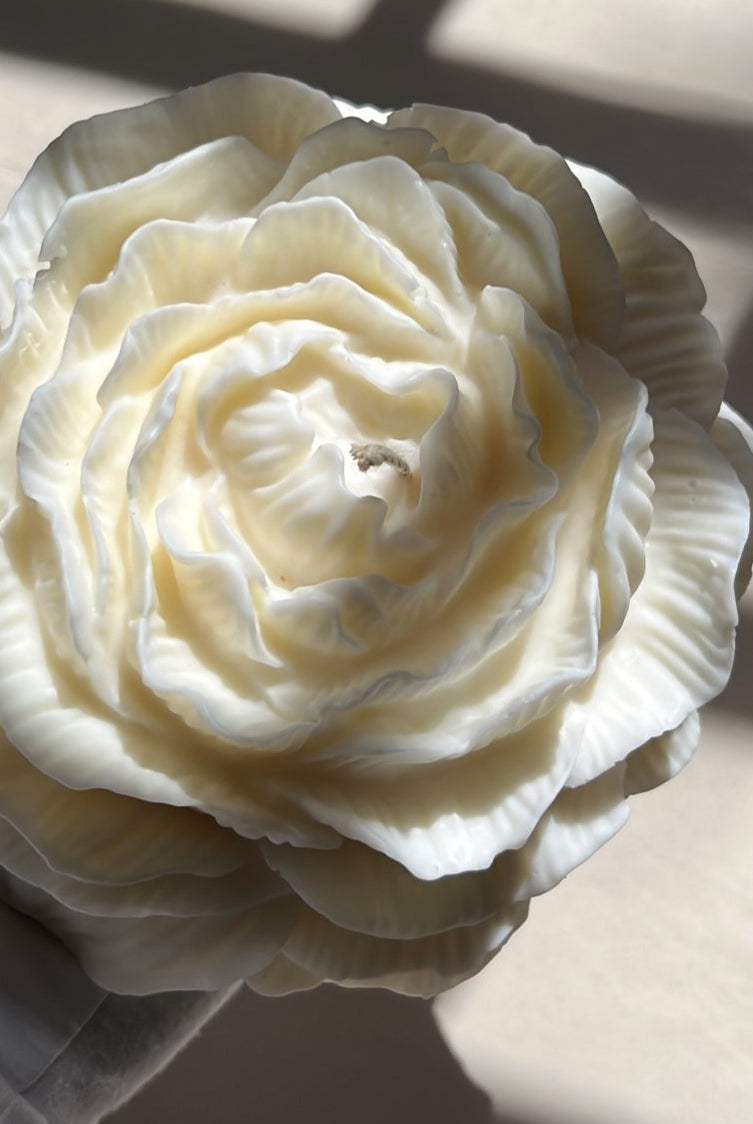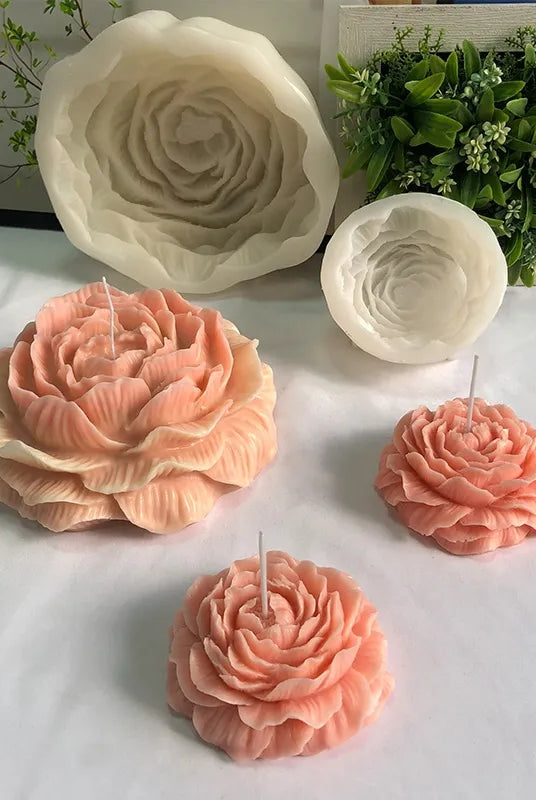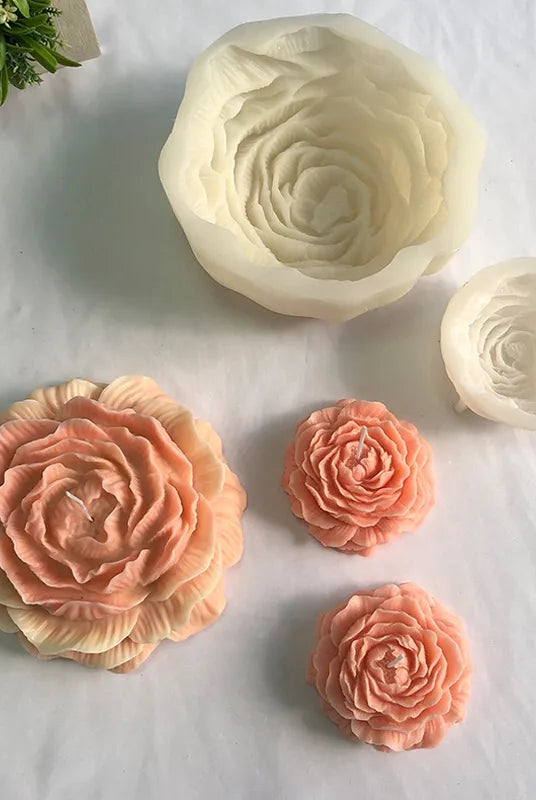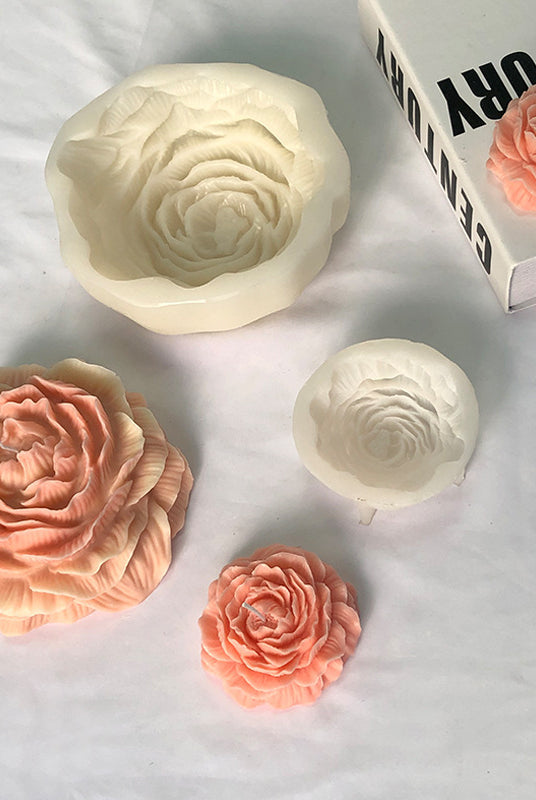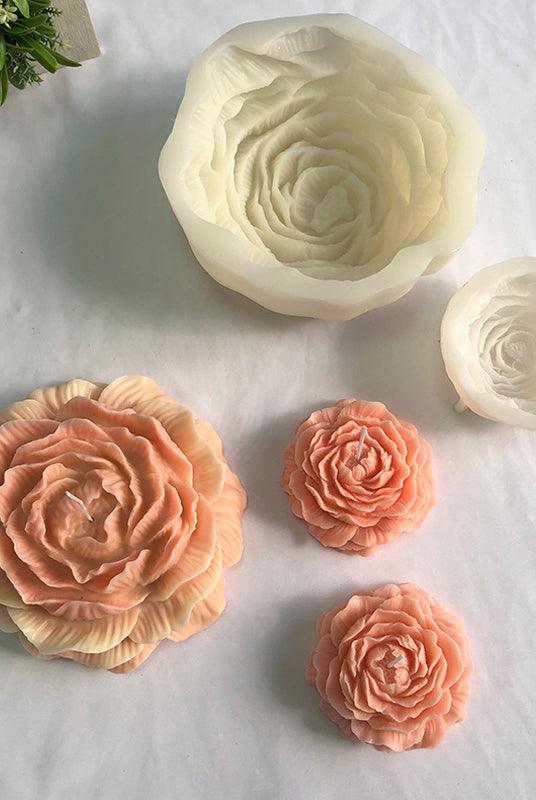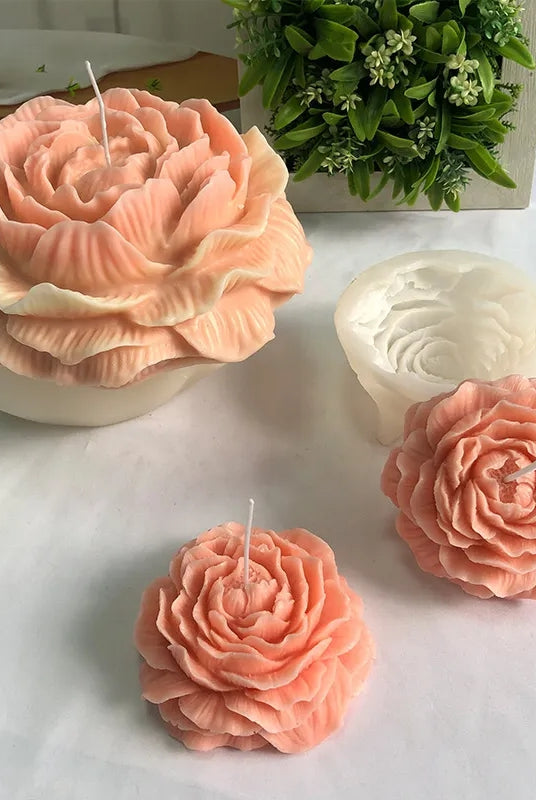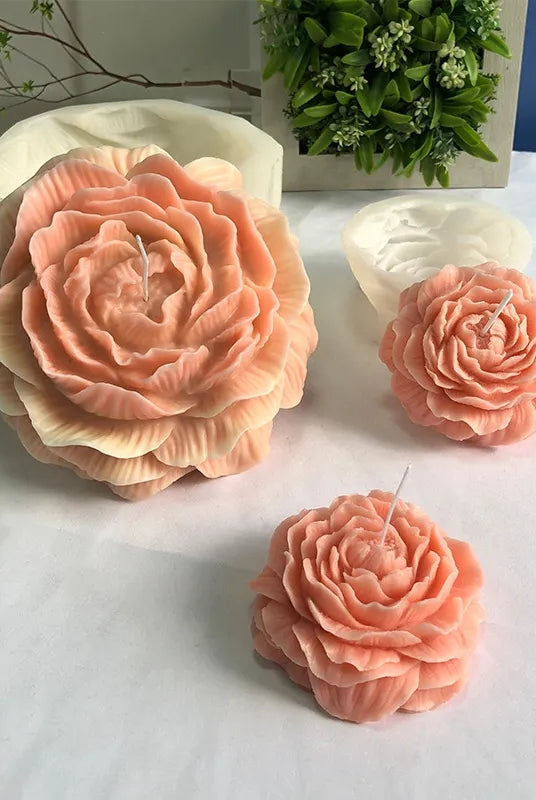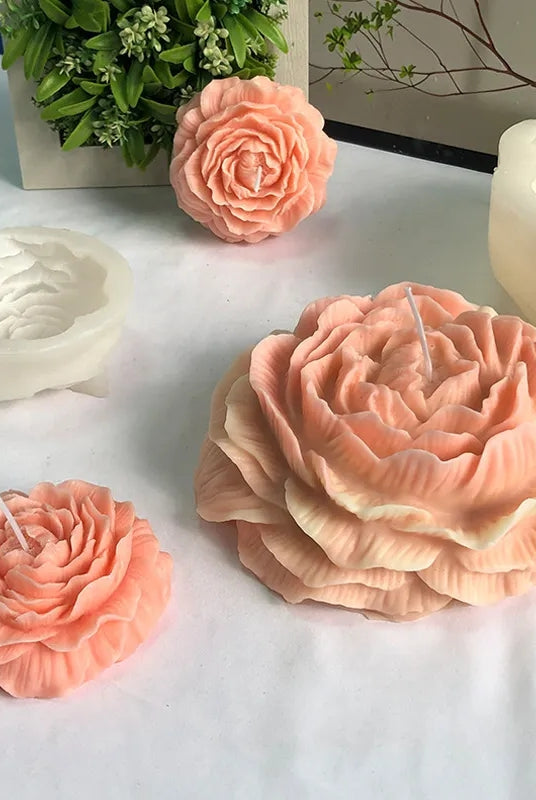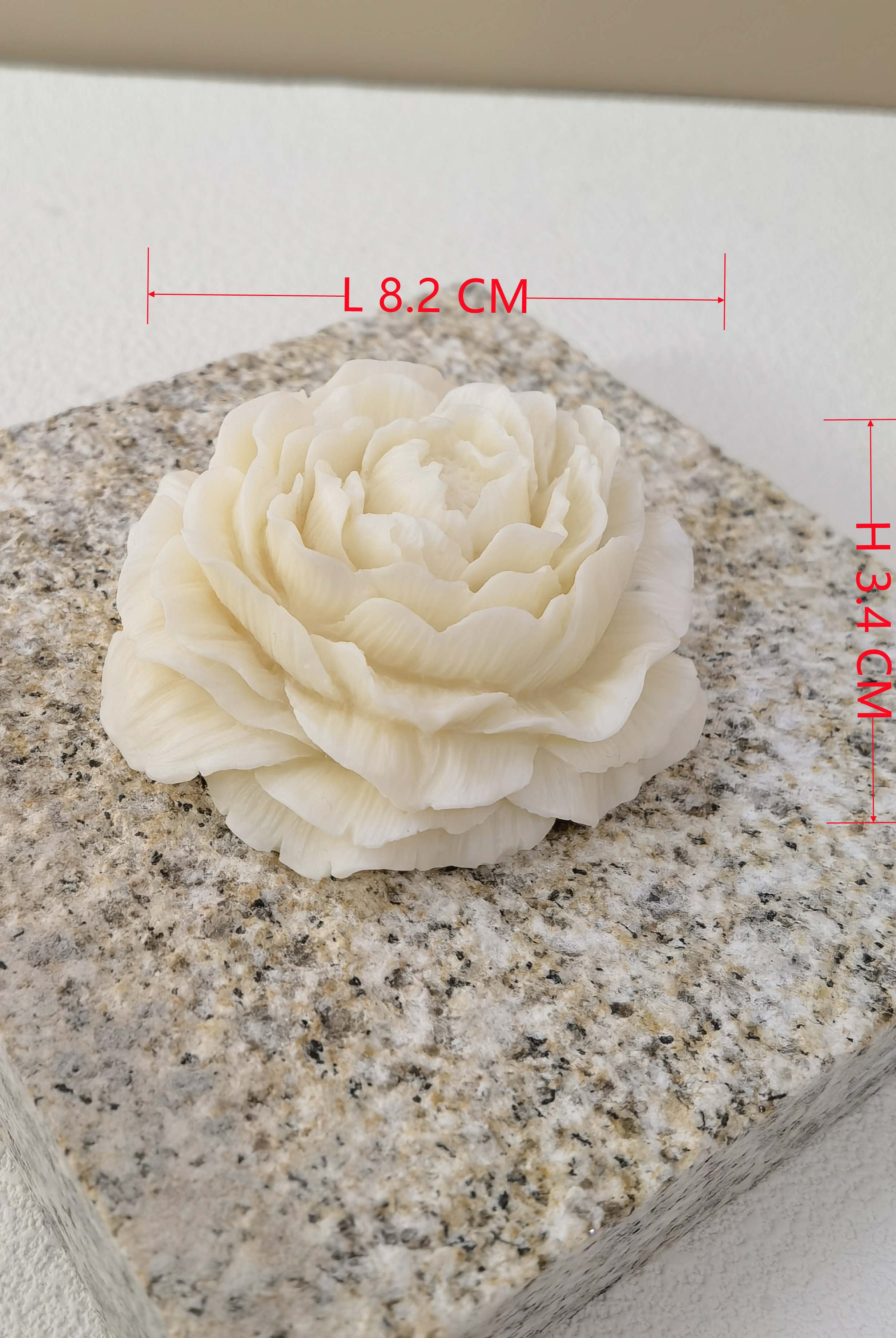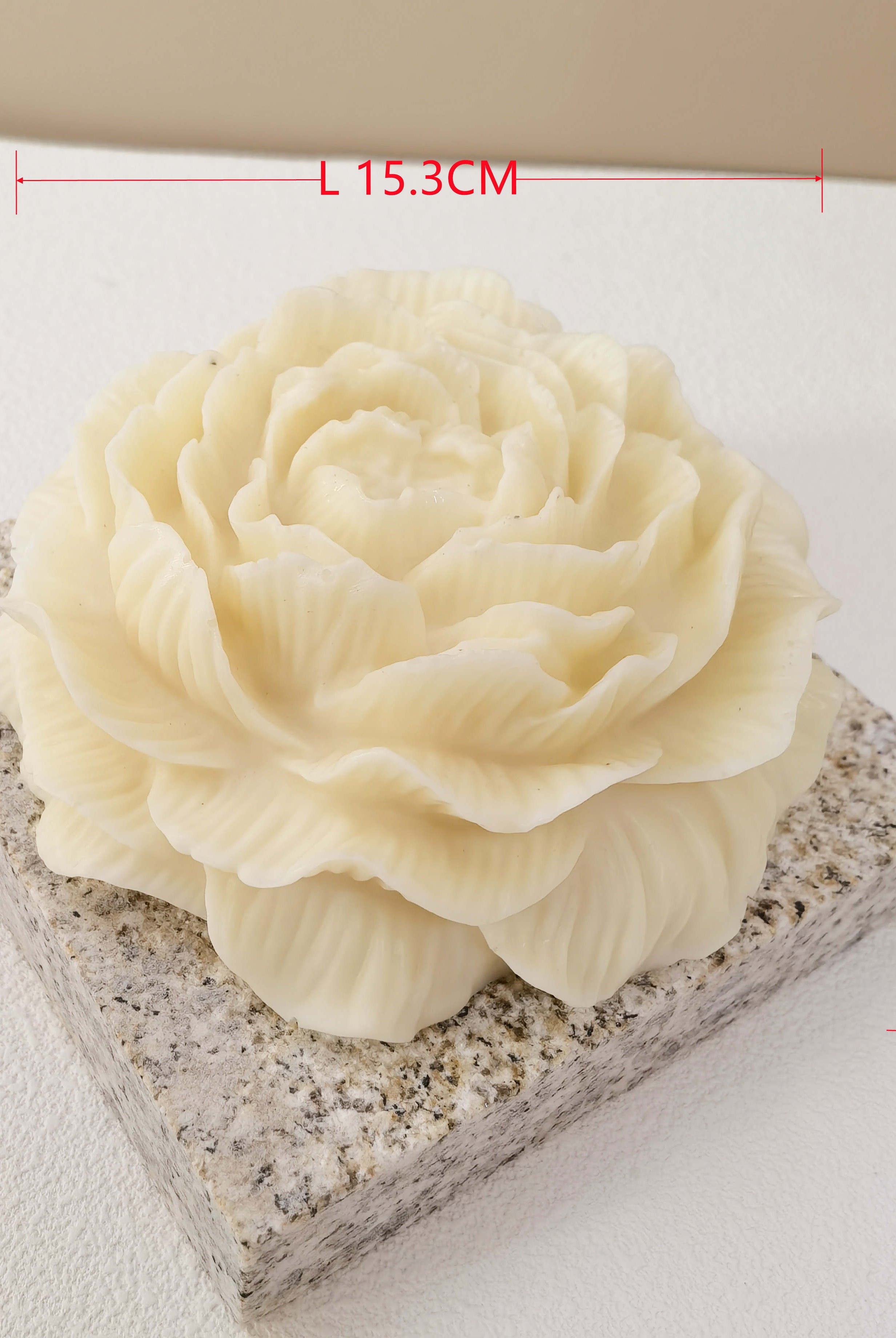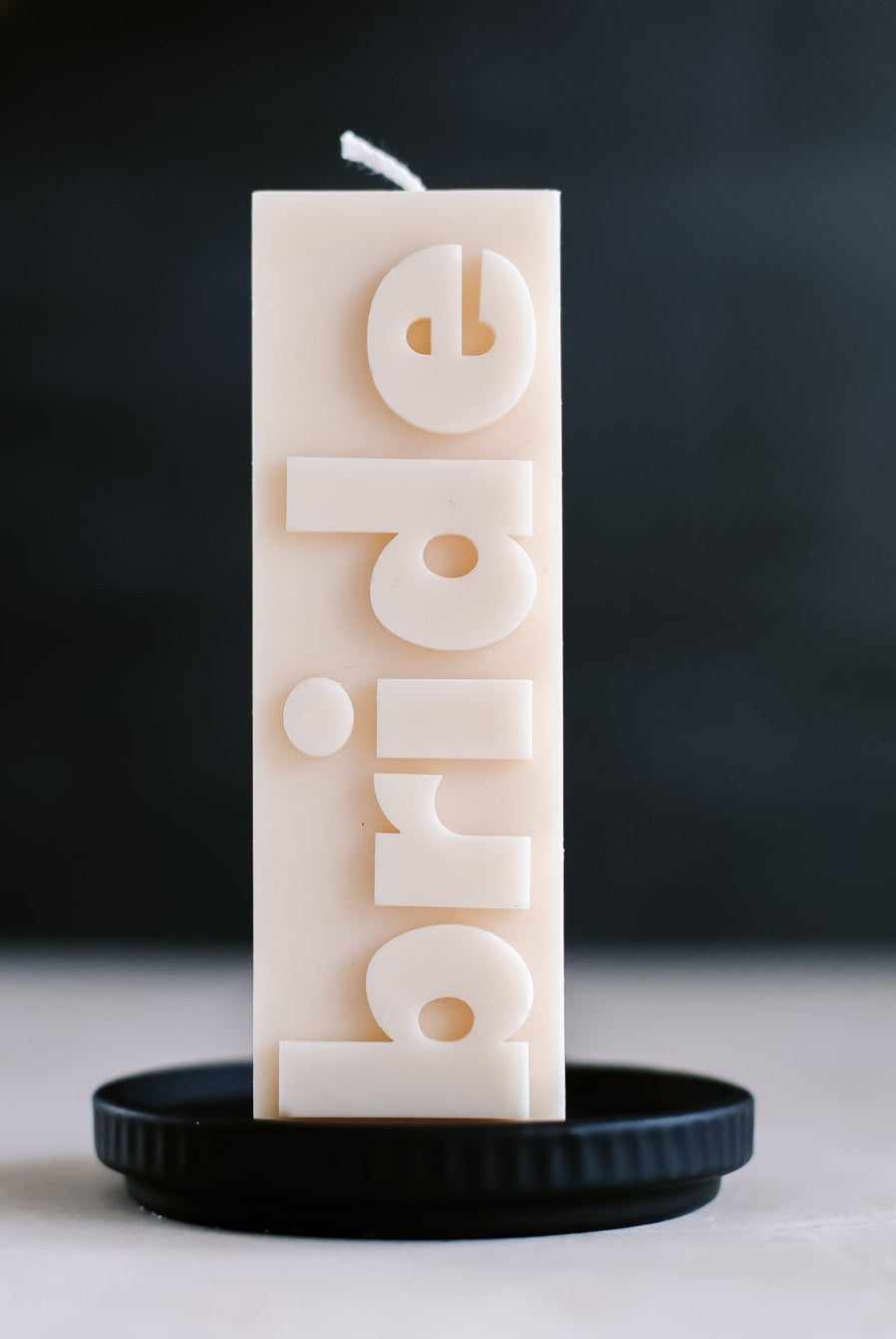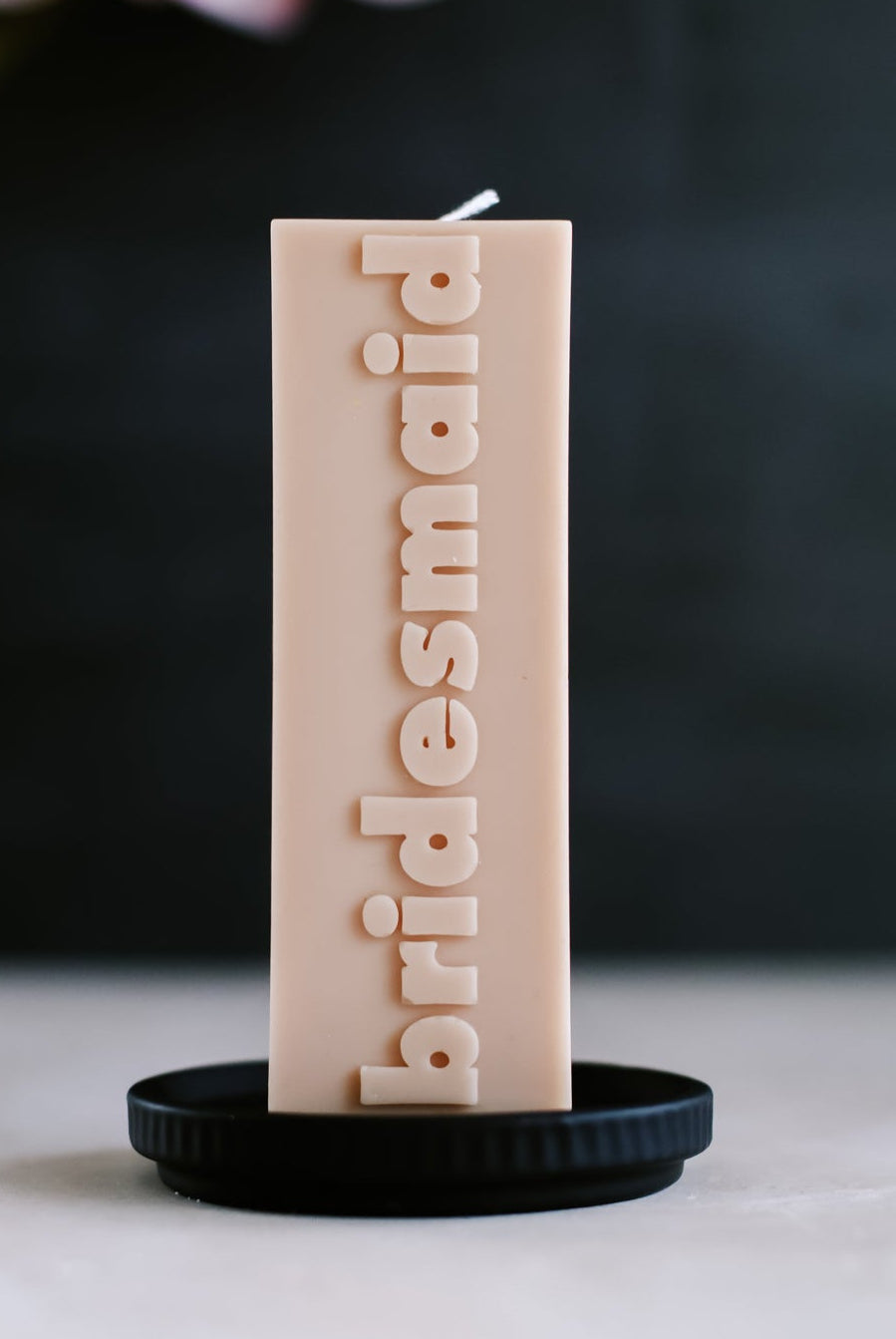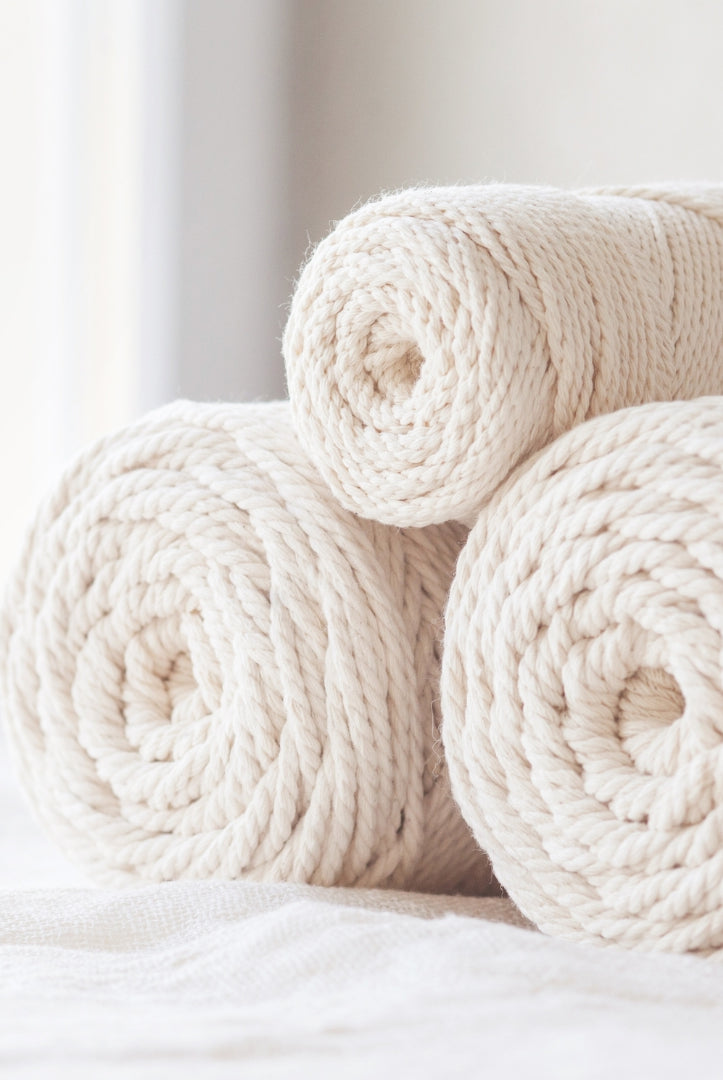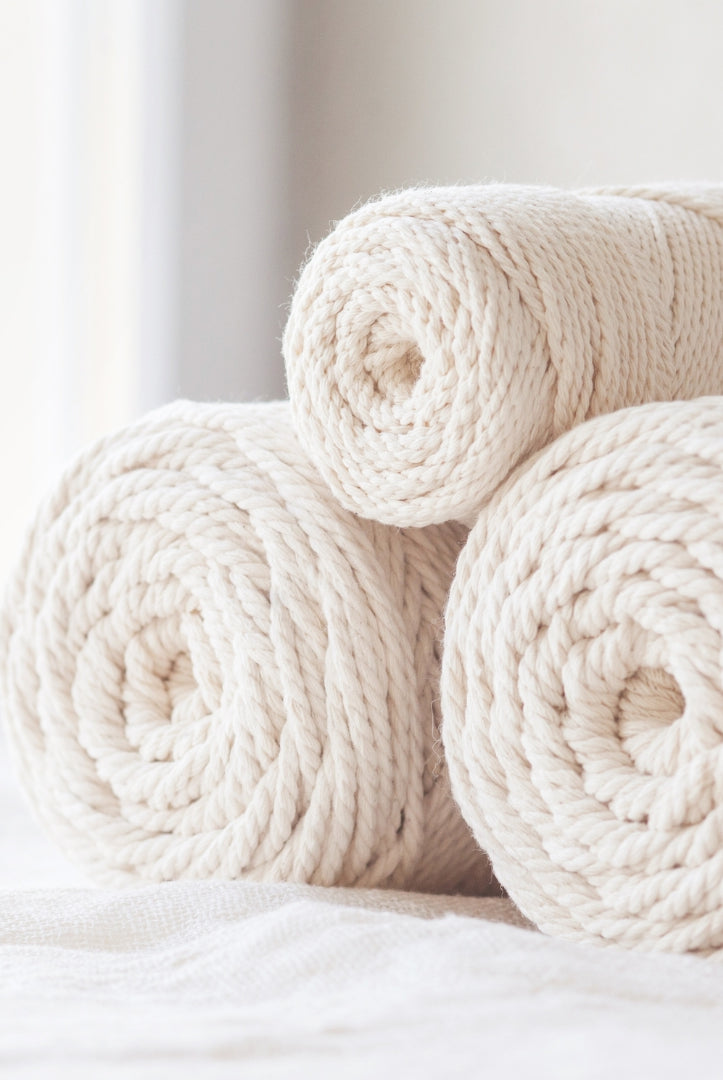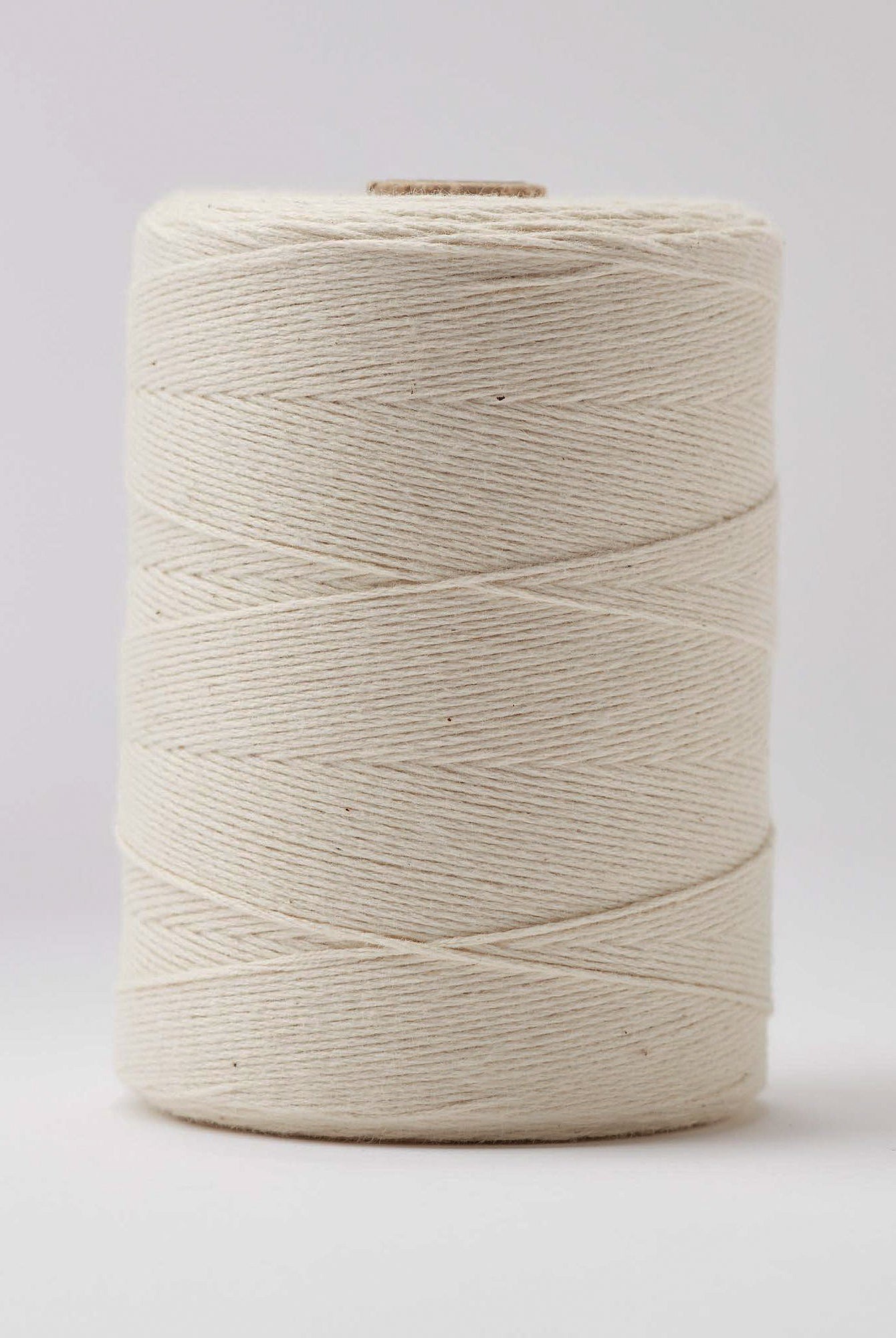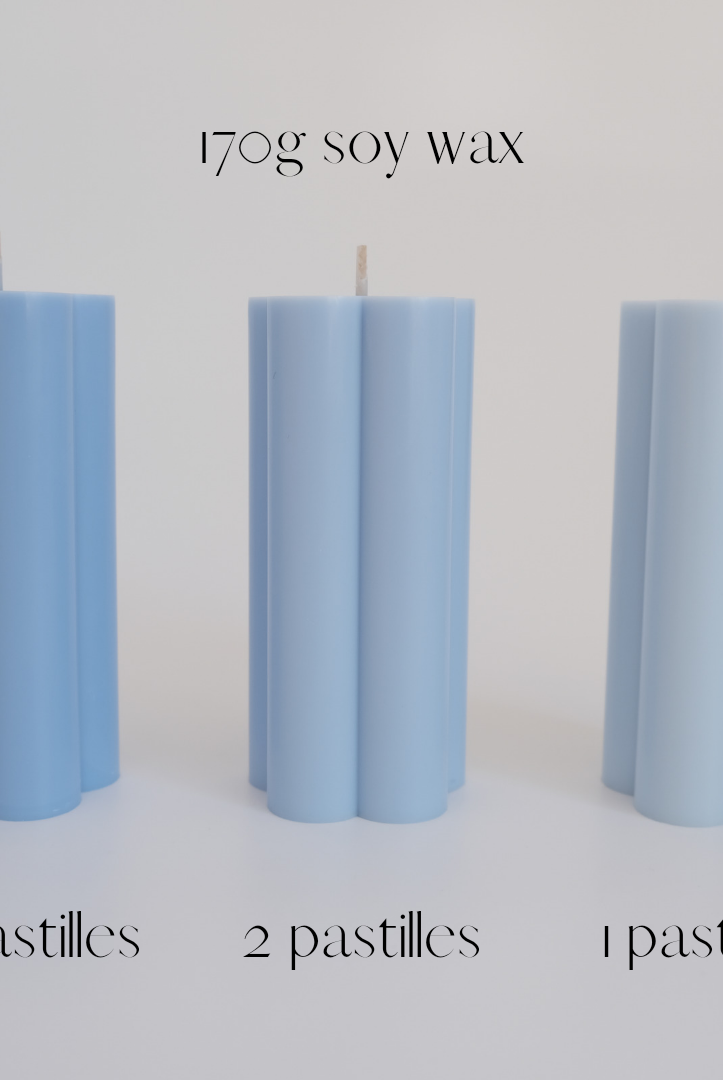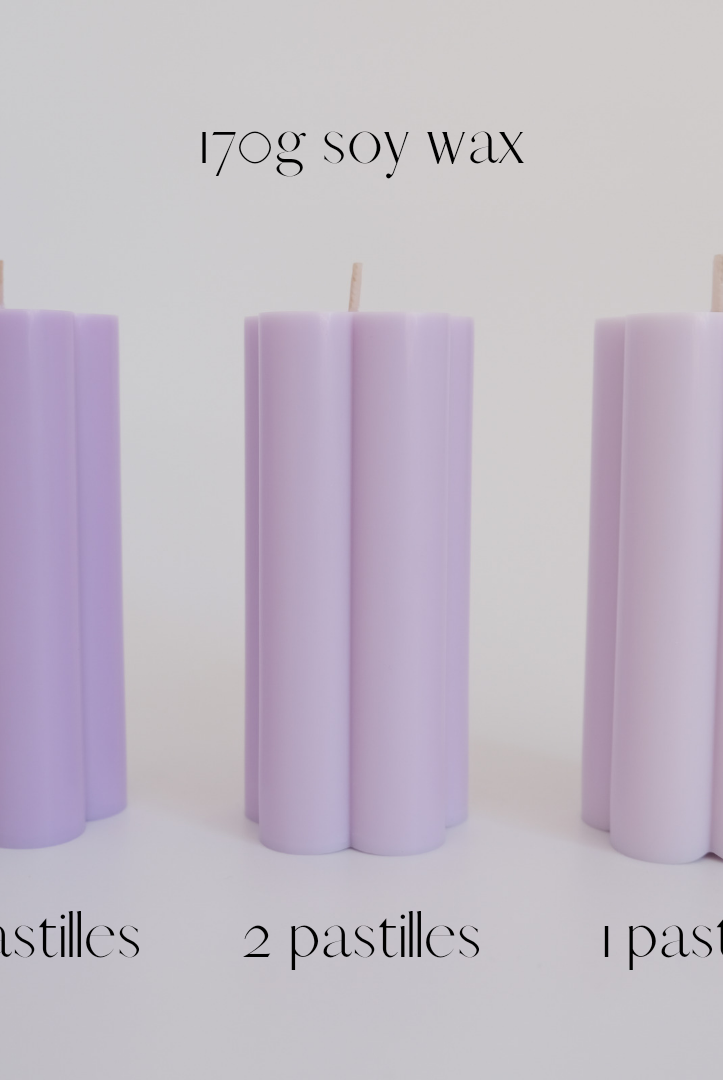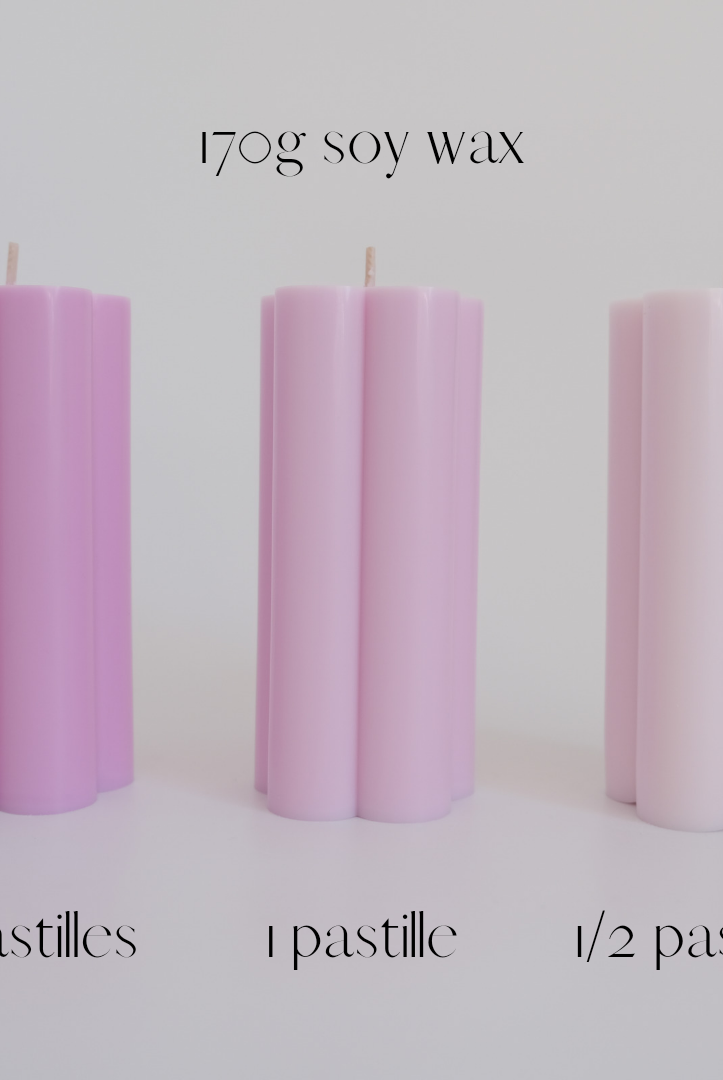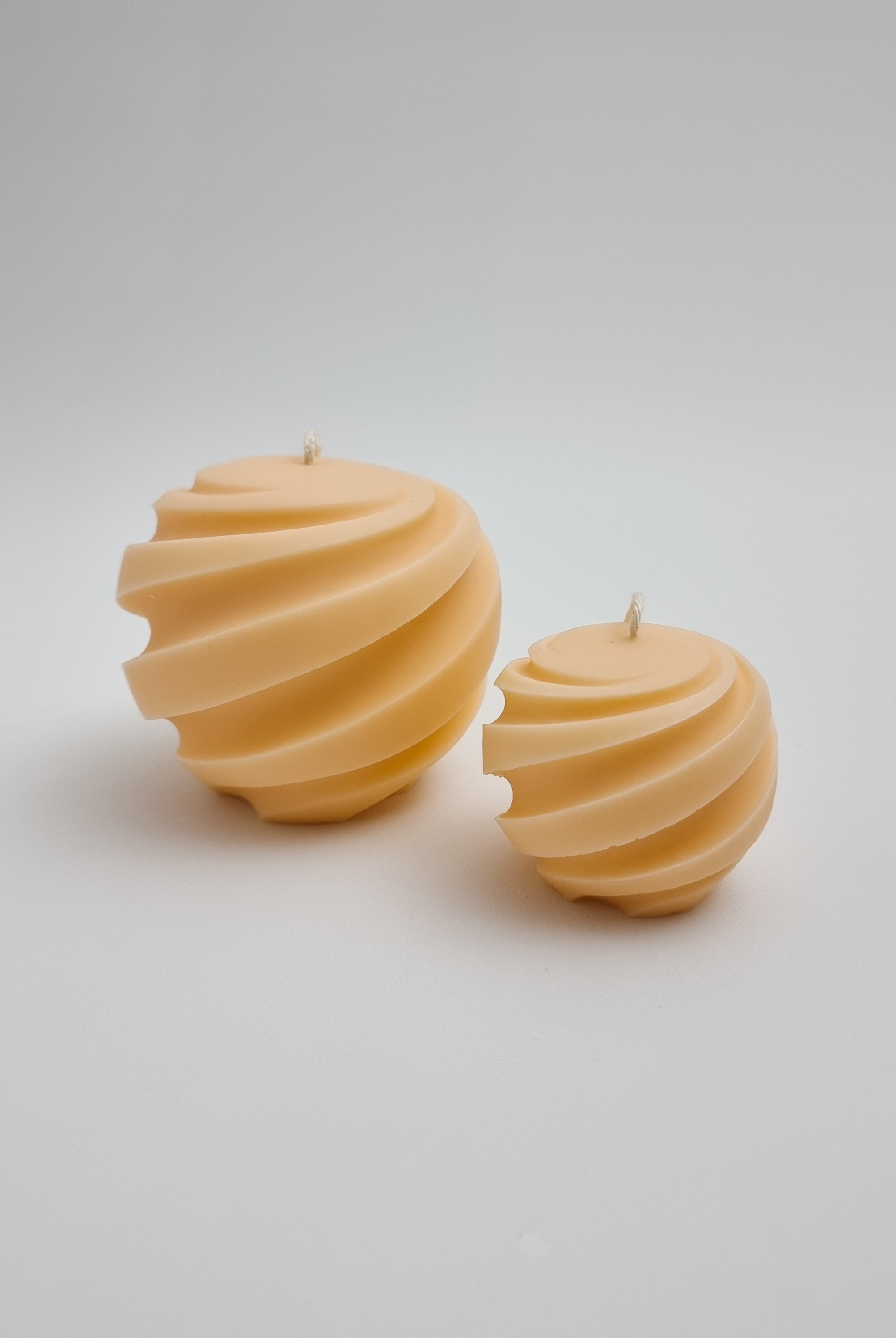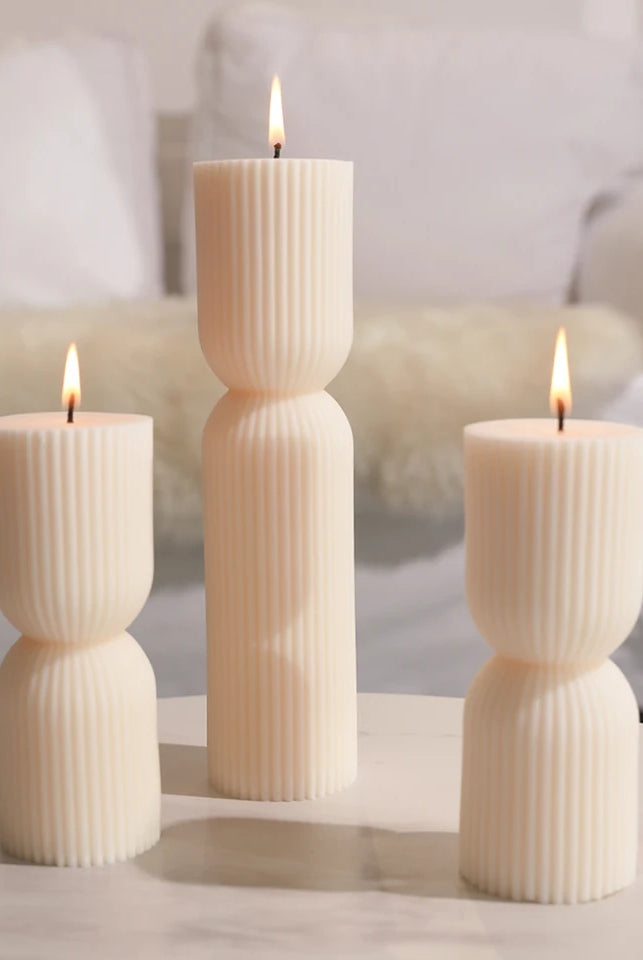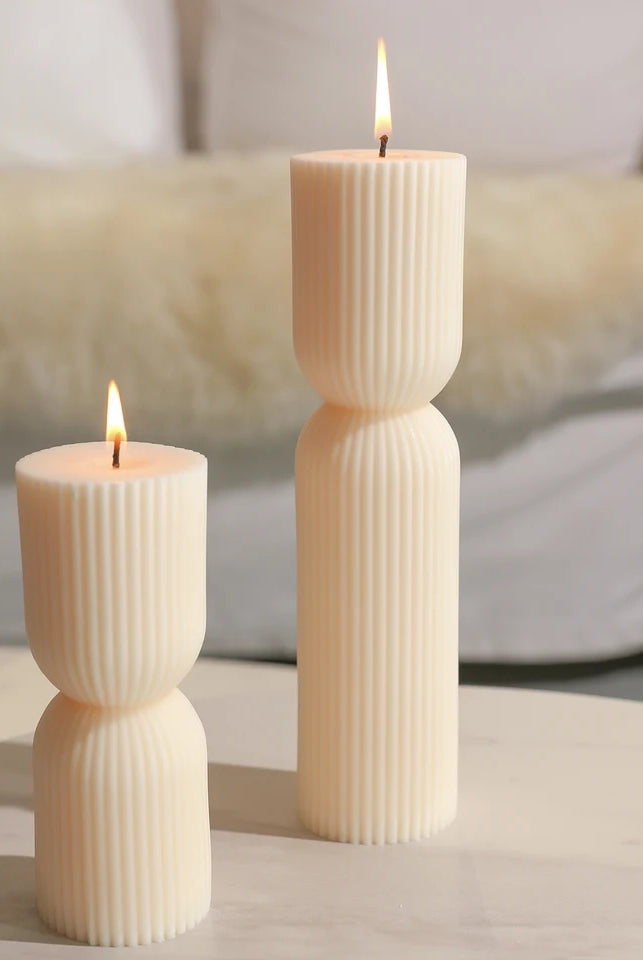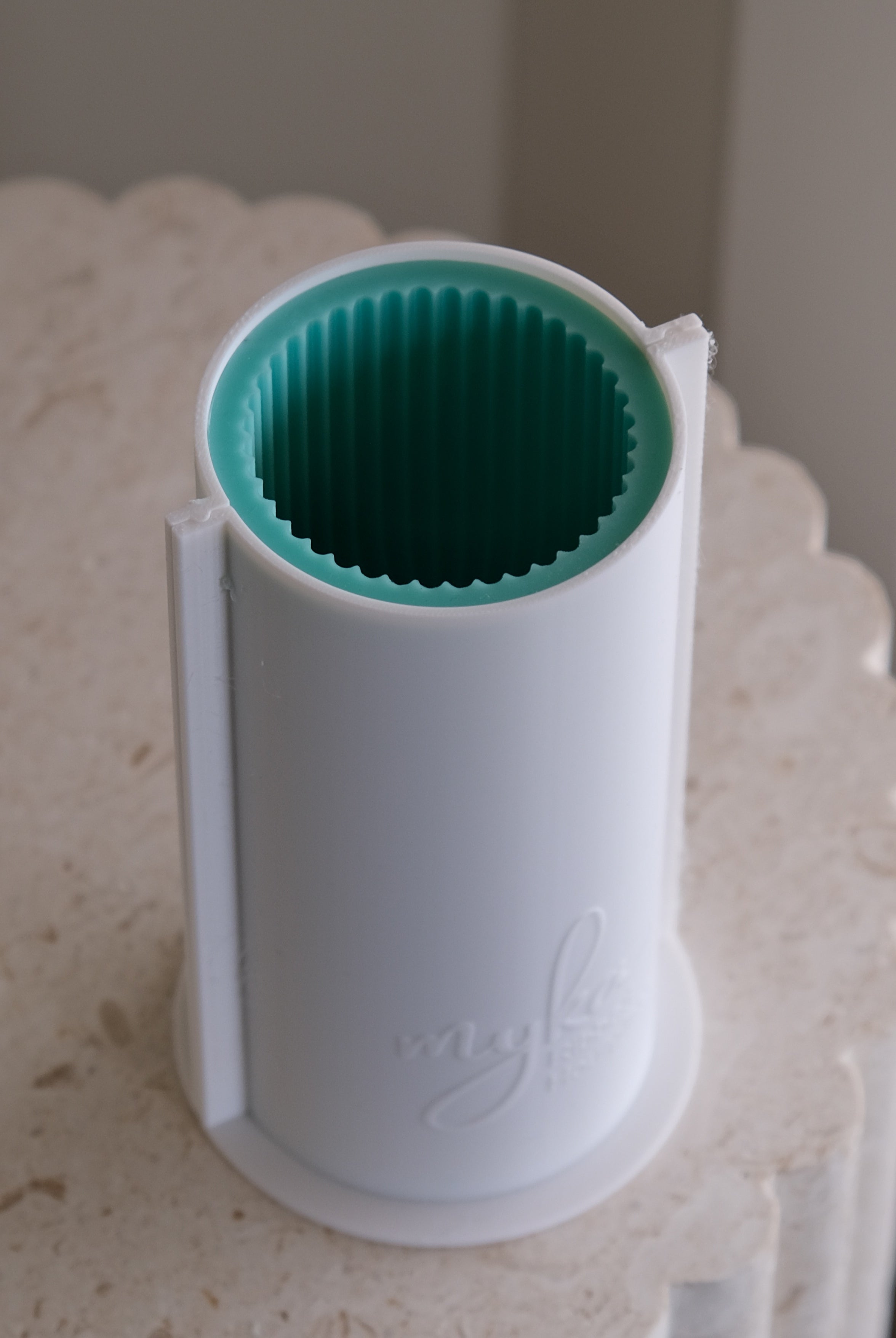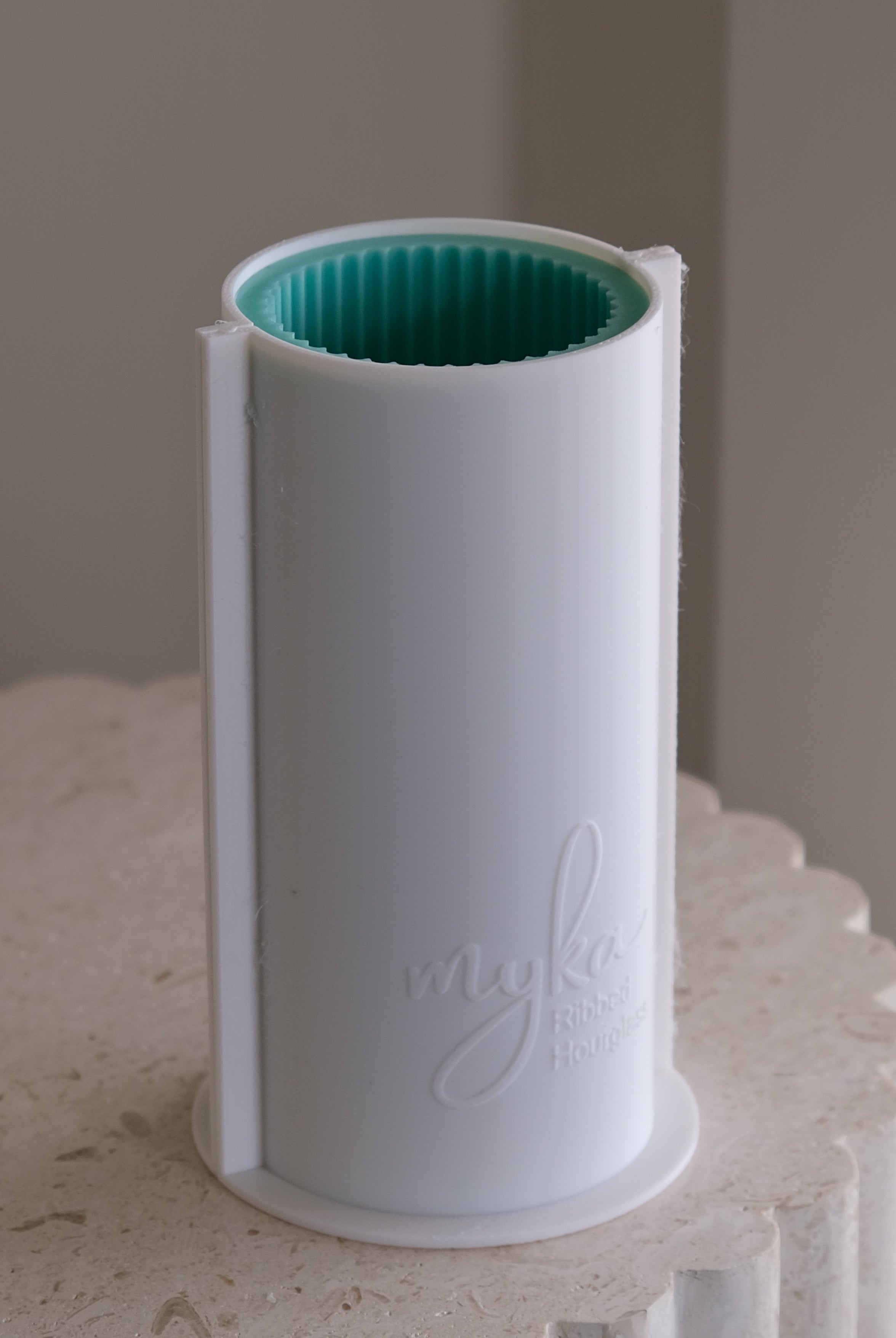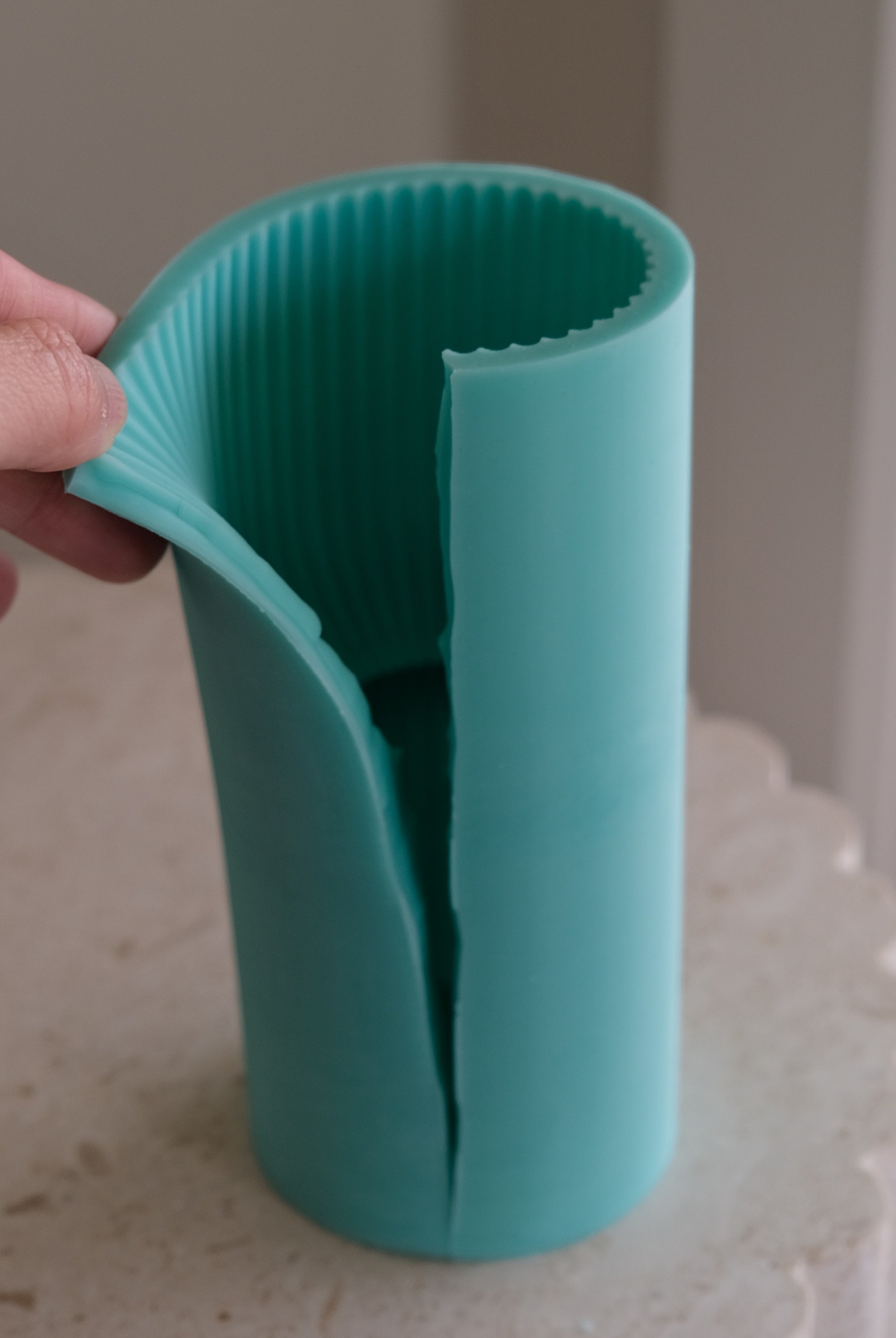Candle making is not just about pouring wax into a mould; it's an art that demands precision and knowledge. The choice of candle moulds is as important as the type of wax, as they determine the final shape and appearance of the candle.
The type of wax you choose can transform your candle from a mere light source to a centrepiece of aroma and ambiance.
Whether you're a beginner or a seasoned candle maker, this guide will equip you with the knowledge to select the right wax for your project, ensuring your candles burn brightly, release fragrance effectively, and stand out in quality.
In this blog post, we'll delve into the seven key types of candle wax, each with its unique benefits and applications. Understanding the differences between these waxes is crucial, as they significantly influence a candle's burning time, scent dispersion, and overall quality:
Paraffin Wax
Paraffin wax holds a significant place in the candle making industry. It's a type of wax derived from petroleum, making it widely available and a popular choice among candle makers.
This wax melts at a medium temperature, which makes it easy to work with, especially for beginners. It's known for its clear, consistent burn, providing a reliable base for candles of various shapes and sizes.
Benefits
One of the main advantages of paraffin wax is its affordability. This cost-effectiveness allows candle makers to produce candles without a hefty price tag, making it ideal for large-scale production.
Moreover, paraffin wax burns more evenly than other synthetic waxes. This even burning characteristic ensures a consistent, steady flame, which contributes to a longer and more predictable burn time for candles. It helps in maintaining the aesthetic quality of the candle as it burns, reducing instances of tunnelling (where the wax burns unevenly, leaving a tunnel-like shape in the candle).
Uses
Paraffin wax's properties make it a staple in commercial candle production. It is commonly used in a wide range of candles, from simple tea lights to elaborate decorative pieces. Its ability to blend well with colour and scent additives makes it a favourite for creating scented and coloured candles, offering candle makers flexibility in their designs.
Soy Wax
Soy wax is a vegetable wax made from the oil of soybeans. After harvesting, the beans are cleaned, cracked, and rolled into flakes.
The oil is then extracted from these flakes and hydrogenated, turning it into the wax we use in candles. This process not only makes soy wax a renewable resource but also ensures it carries a smaller ecological footprint compared to some other waxes.
Benefits
The eco-friendliness of soy wax is one of its most significant benefits. It is biodegradable and comes from a renewable source, making it a favourite among environmentally conscious consumers.
Additionally, soy wax burns cleanly. This means it produces less soot and toxins compared to some traditional waxes, contributing to a healthier environment inside your home.
Uses
Soy wax's natural composition has made it a popular choice for homemade and natural candles. It holds fragrance well, although not quite as strongly as paraffin, and provides a more subtle scent throw. This makes it ideal for those who prefer a less intense fragrance. Soy wax's soft texture also makes it great for container candles, as it adheres well to the sides of jars and moulds.
Explore a wide range of candle making supplies to start your soy wax candle project.
Beeswax
Beeswax is a natural wax produced by honey bees. The bees secrete this wax to build honeycombs in their hives.
Once harvested, beeswax is melted and filtered to prepare it for candle making. This process preserves its natural properties, making beeswax candles a pure and traditional choice.
Benefits
One of the most notable benefits of beeswax is its non-toxicity. Unlike some other waxes, beeswax candles burn clean without releasing harmful pollutants into the air. This makes them a healthier choice, especially for indoor environments.
Additionally, beeswax naturally carries a subtle scent of honey, adding a gentle, pleasing aroma when burned. This natural fragrance is soothing and does not require artificial scent additives.
Uses
Beeswax has a rich history in traditional candle making. Its firm texture makes it ideal for crafting a variety of candle types, from pillars and tapers to intricate decorative shapes. Due to its natural, golden hue and pleasant aroma, beeswax candles are often used as-is, without the need for additional colour or scent enhancements.
Their elegant appearance and natural properties make them perfect for decorative purposes.If you're looking to create a custom shape or design, check out our custom moulds service.
Palm Wax
Palm wax is derived from the oil of palm trees. The process involves harvesting the fruit of these trees, extracting the oil, and then refining it into a wax. This method of production is unique, as it taps into a natural, renewable resource.
The resulting wax has a hard texture and a high melting point, which contributes to its special qualities in candle making.
Benefits
The standout feature of palm wax is its unique crystalline appearance. When cooled, palm wax forms a beautiful, patterned surface that looks like a mosaic of crystal-like structures. This natural patterning gives candles made with palm wax an exquisite, artisanal quality.
Uses
Due to its striking appearance, palm wax is predominantly used in making decorative candles. Its firm texture allows it to hold its shape well, making it suitable for a variety of candle forms, such as pillars and votives.
The natural patterning of the wax enhances the aesthetic value of the candles, making them not just sources of light but also pieces of art.
Gel Wax
Gel wax isn't a traditional wax; it's a combination of polymer resin and mineral oil, which gives it a jelly-like consistency. This type of wax is noted for its high clarity and transparency, resembling a semi-solid gel.
The clear nature of gel wax allows light to pass through it, creating a luminous and glowing effect when the candle is lit.
Benefits
The higher melting point of gel wax translates into a longer burn time for candles, making them more efficient and cost-effective. This is because a wax with a higher melting point doesn't liquefy as quickly as one with a lower melting point, allowing the candle to maintain its shape and burn slower.
As a result, candles made from gel wax can be enjoyed for a longer duration, enhancing the value and user experience.
Uses
Gel wax is particularly popular for making artistic and novelty candles. Its ability to hold various decorative items in suspension makes it ideal for creating themed or occasion-specific candles. For instance, a seaside-themed candle might contain small shells and a blue tint, while a festive holiday candle could include glitter and festive colours.
Rapeseed Wax
Rapeseed wax is a natural vegetable wax obtained from the oil of rapeseed, a bright-yellow flowering member of the mustard or cabbage family. It is processed into a usable wax form through hydrogenation.
Known for its light colour and relatively low melting point, rapeseed wax offers a smooth, consistent burn. It's a softer wax compared to some others, like paraffin, making it well-suited for container candles.
Benefits
The primary advantage of rapeseed wax lies in its eco-friendliness and sustainability. It is a renewable resource, and the cultivation of rapeseed has a lower environmental impact compared to some other crops. This makes rapeseed wax a more sustainable choice for those mindful of their environmental footprint.
Additionally, it is biodegradable and non-toxic, ensuring a cleaner burn and less impact on indoor air quality.
Uses
Rapeseed wax is particularly valued in the creation of environmentally friendly candles. Its compatibility with essential oils and natural fragrances makes it a preferred choice for those looking to create organic, eco-conscious candle products.
Blended Wax
Blended waxes are exactly what they sound like: a mix of two or more different types of waxes. This blending process is not random but carefully calculated to bring together the desirable properties of each individual wax. For example, a blend might include the firmness of paraffin wax with the eco-friendliness of soy wax. Along with choosing the right wax blend, another crucial step in candle making is putting the wick in a candle mould, a task that requires precision to ensure the candle burns evenly.
The goal is to produce a wax that leverages the strengths of its components, creating a product that performs better than any single type of wax alone.
Benefits
The main benefit of using blended waxes is the balance of properties they offer. By combining different waxes, candle makers can create a product that has a more desirable mix of melting point, scent throw, burn time, and texture.
This flexibility allows for a higher degree of customisation in candle making, ensuring that the final product meets specific needs and preferences.
Uses
Blended waxes are used to achieve specific qualities in candles that might be difficult to attain with a single type of wax. For instance, a blend could be created to enhance the scent while maintaining a clean burn, or to achieve a certain texture that's ideal for specific types of candles like pillars or votives.
Blended waxes are especially popular in commercial candle making, where consistency and performance are key.
Choosing the Right Type of Candle Wax
It's clear that each type of wax holds its unique charm and functional properties. From the practical versatility of paraffin wax, ideal for beginners and professionals due to its affordability and excellent scent throw, to the eco-friendly and clean burning nature of soy wax, there's a wax for every need and occasion.
Beeswax, with its non-toxicity and natural honey scent, offers a pure and traditional choice for candle making. In contrast, palm wax, known for its unique crystalline appearance, is perfect for decorative candles that make a statement. For those looking to push creative boundaries, gel wax provides a clear canvas for artistic and novelty candles, making each creation a piece of art.
Rapeseed wax stands out for its sustainability and eco-friendly qualities, making it a responsible choice for the environmentally conscious. Blended waxes, combining the strengths of various waxes, offer a tailored approach to candle making, ensuring that each candle not only looks and smells great but also meets specific performance criteria.
Explore these options at Myka Candles and Moulds to understand how the right wax can transform your candle from a simple light source to a centrepiece of aroma, ambiance, and artistry.

